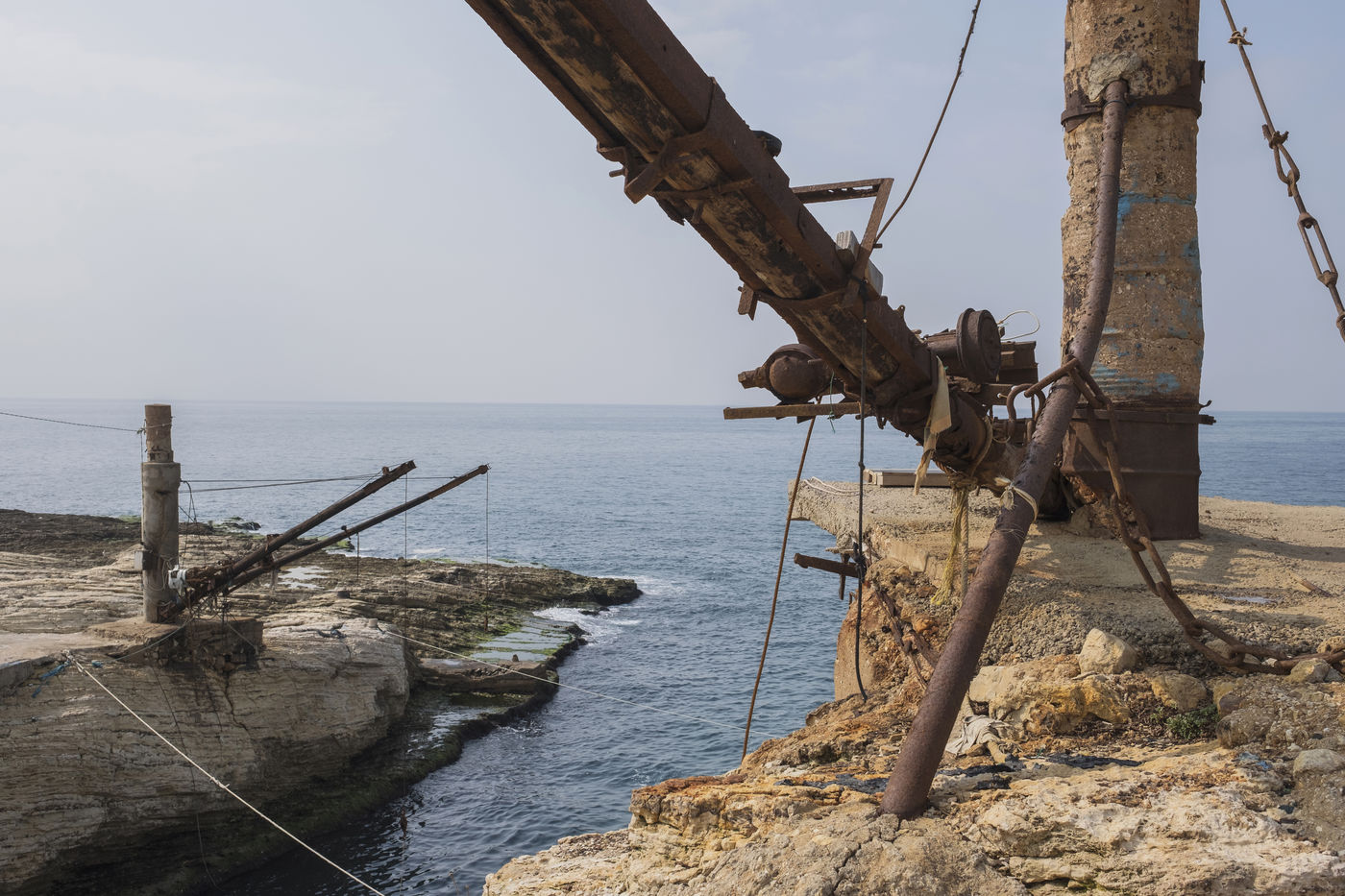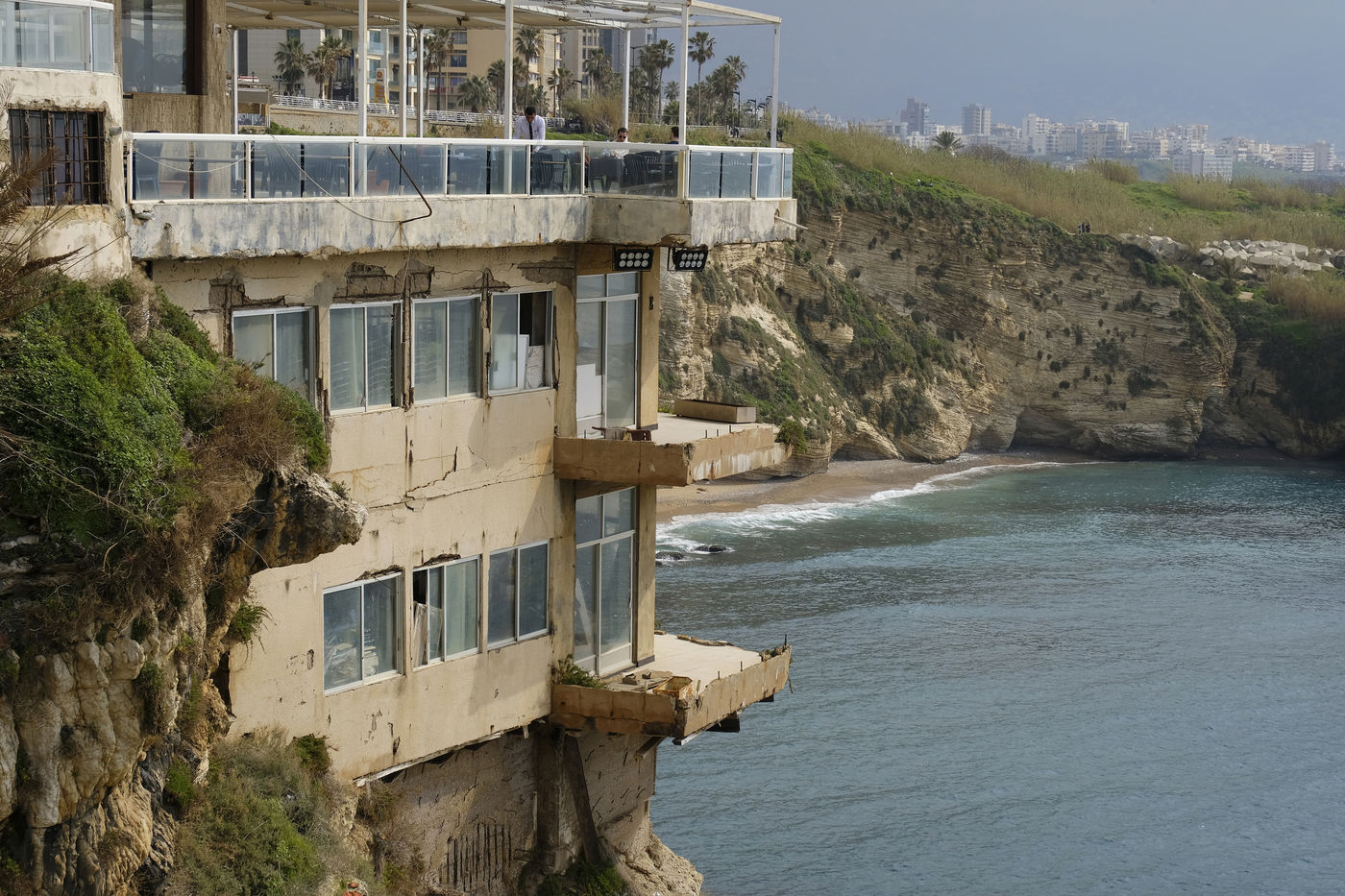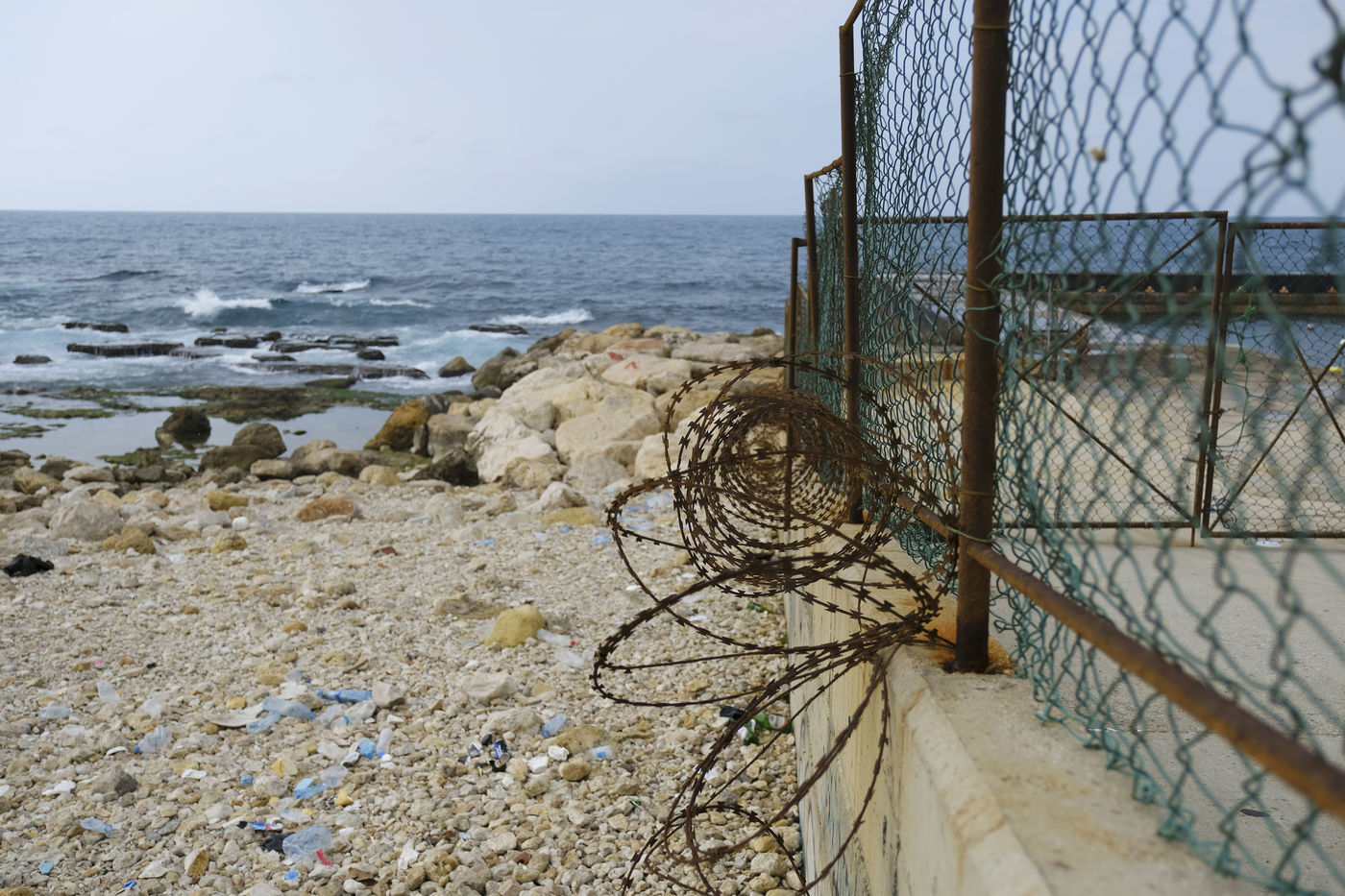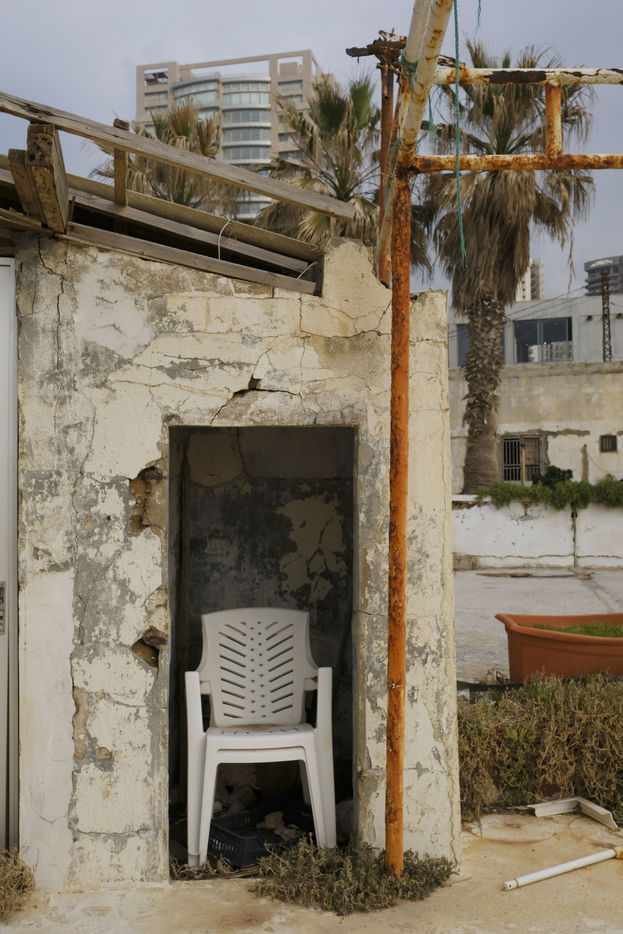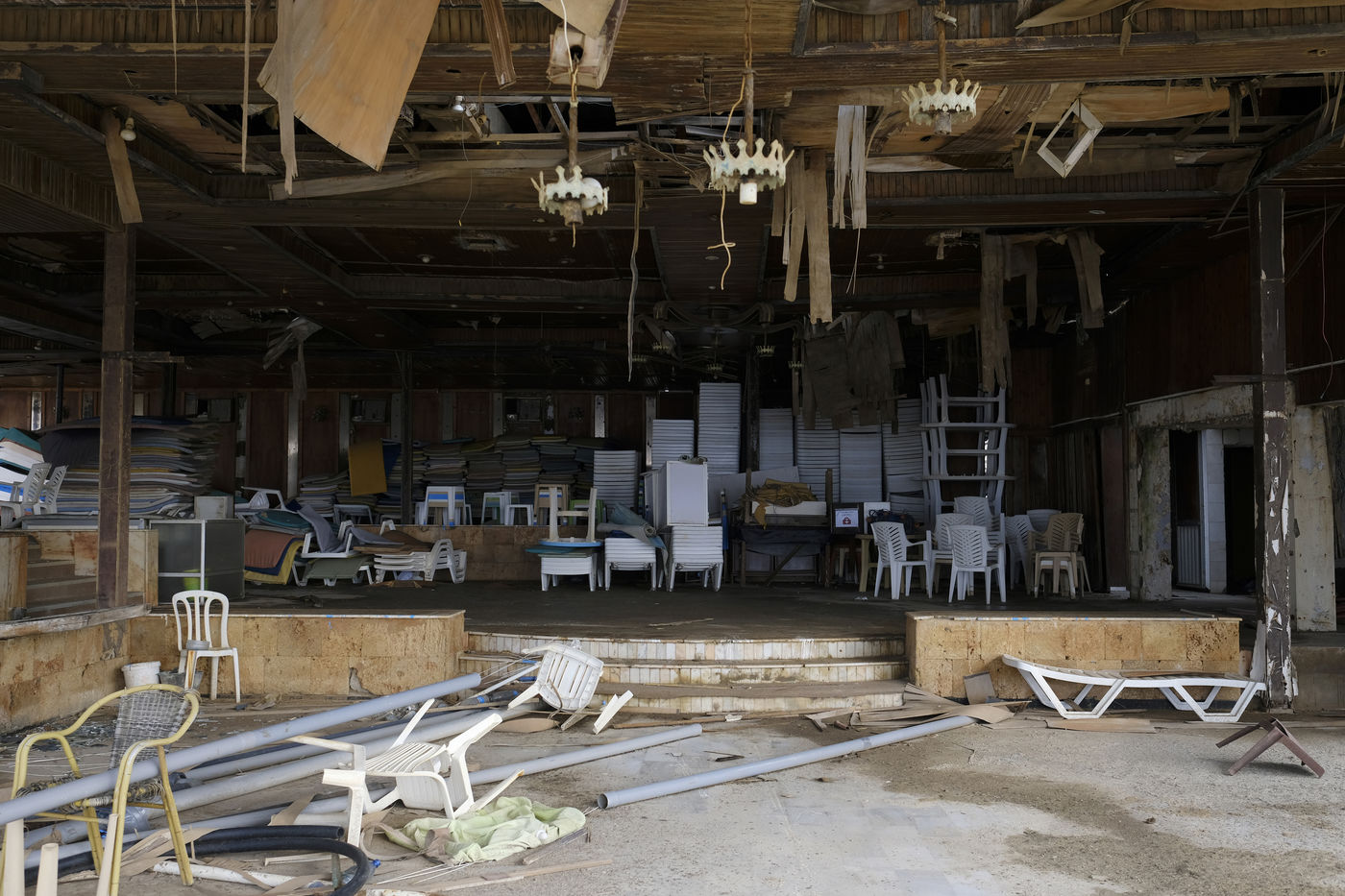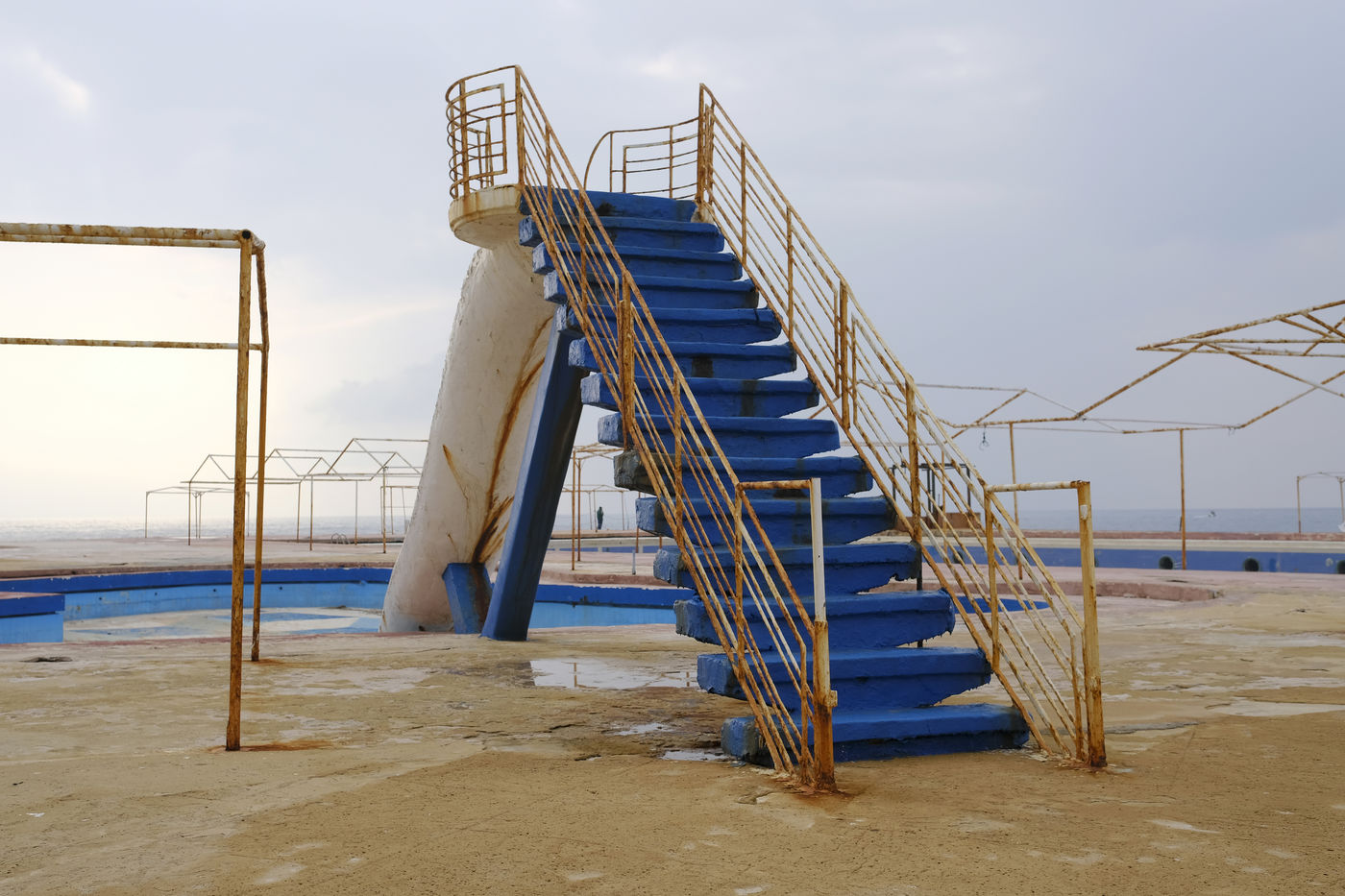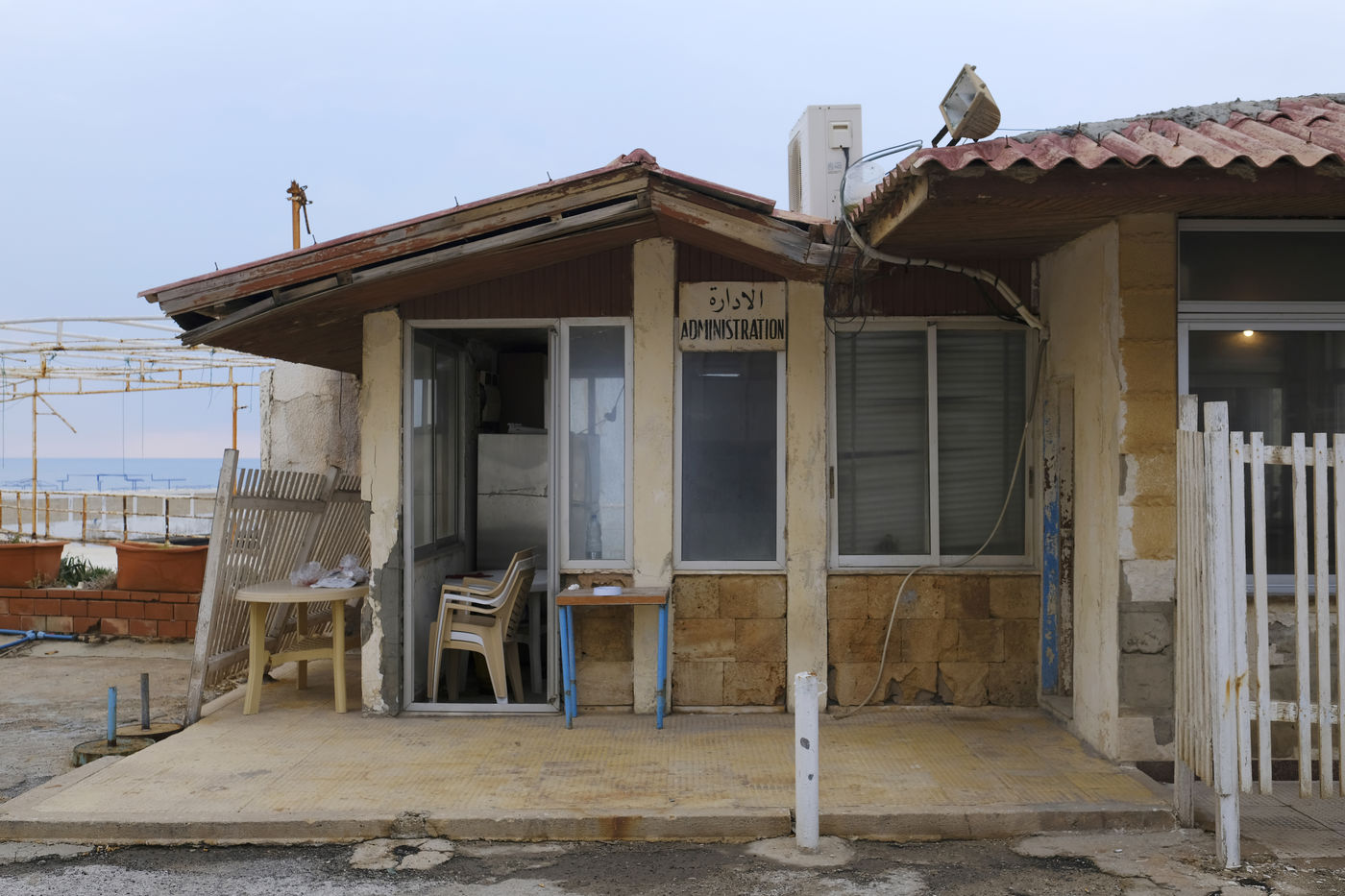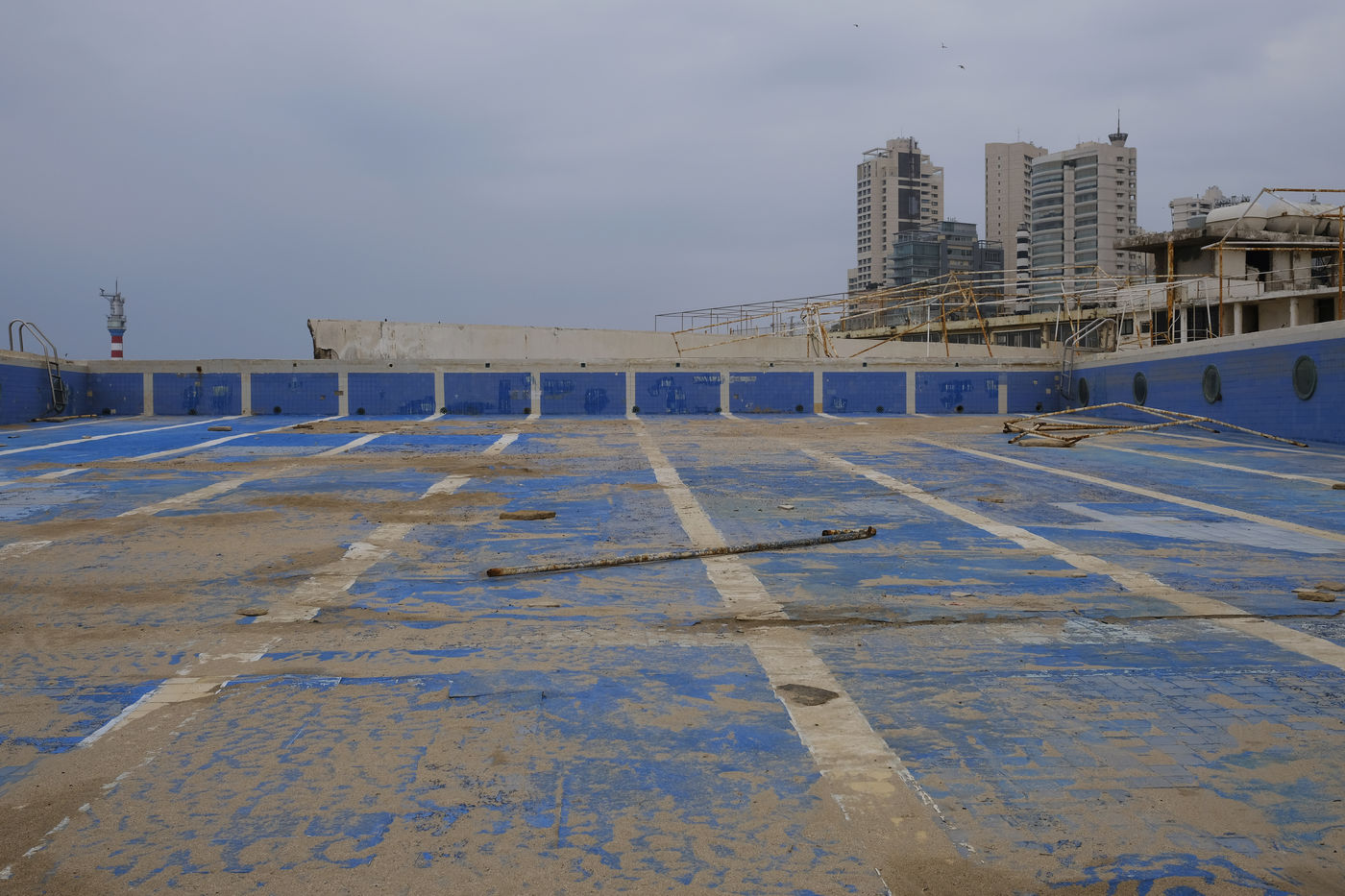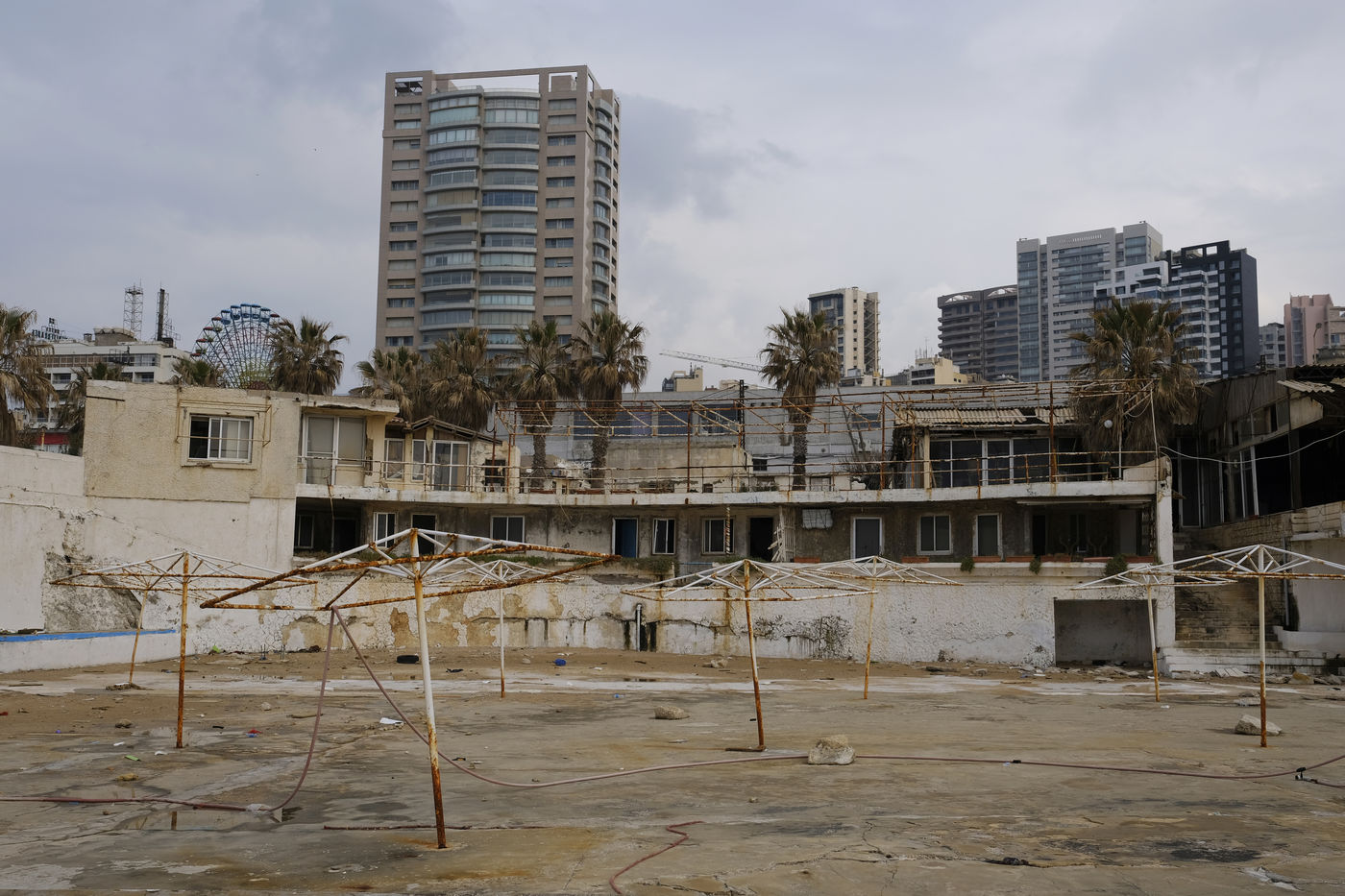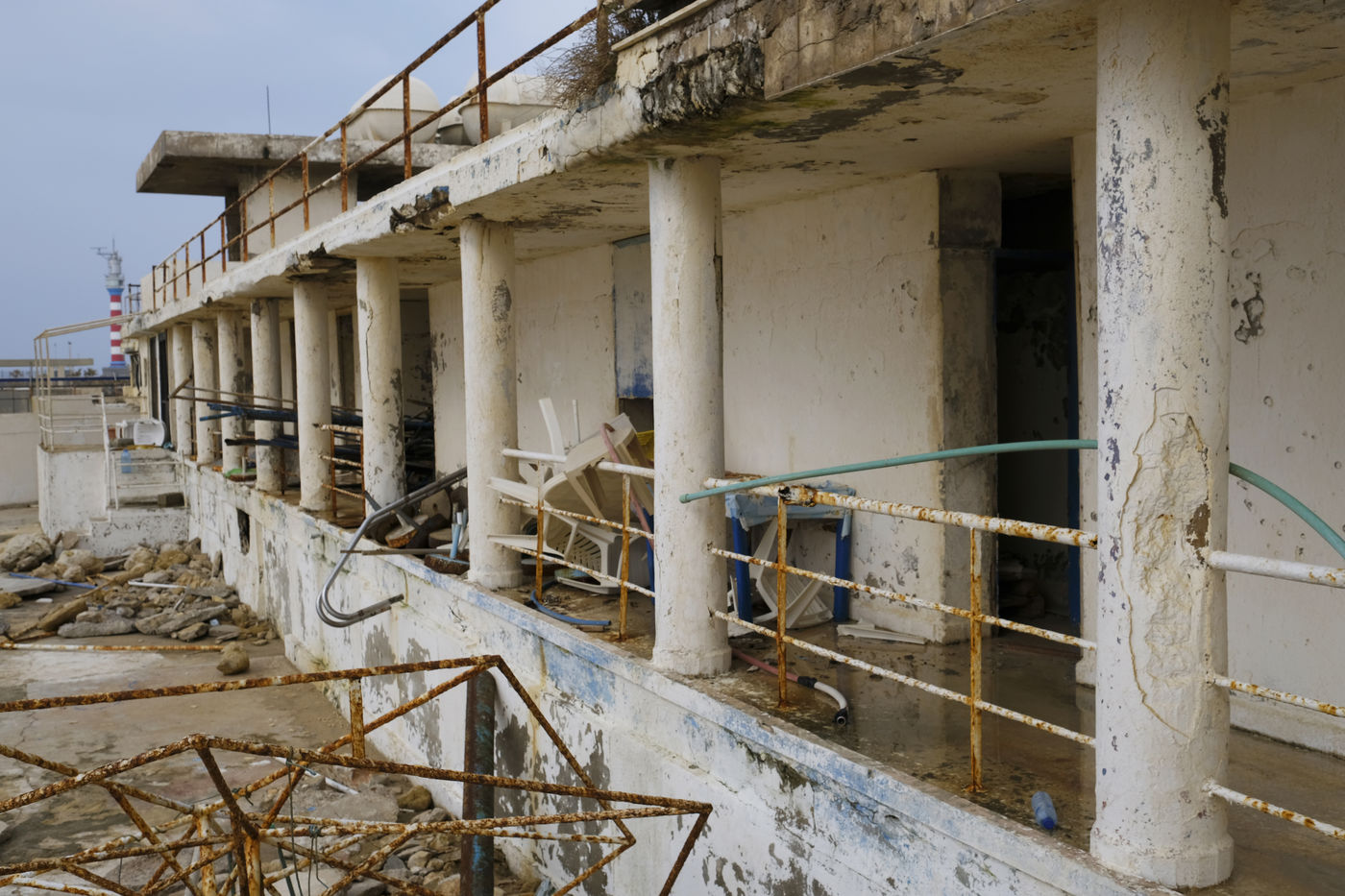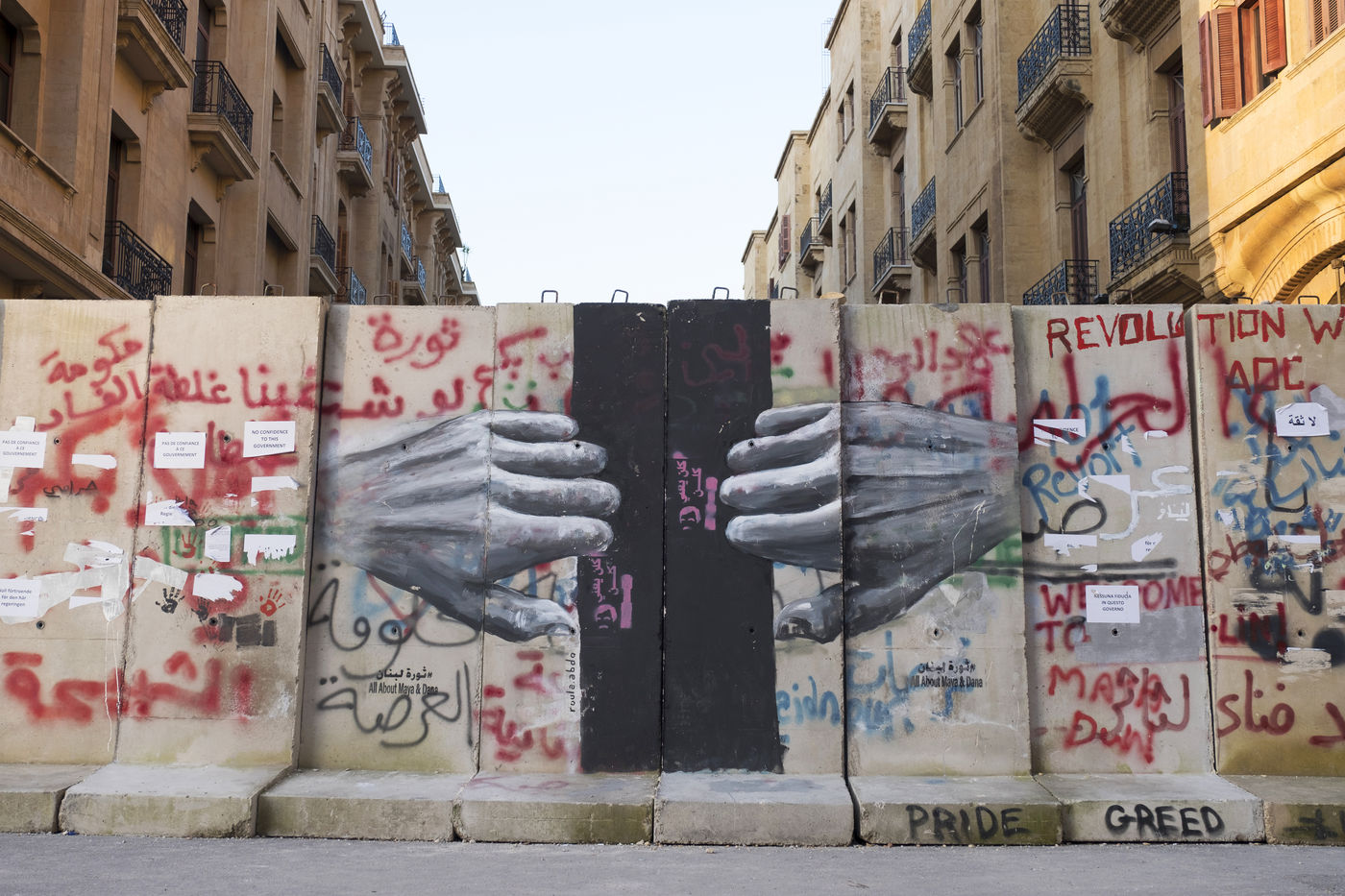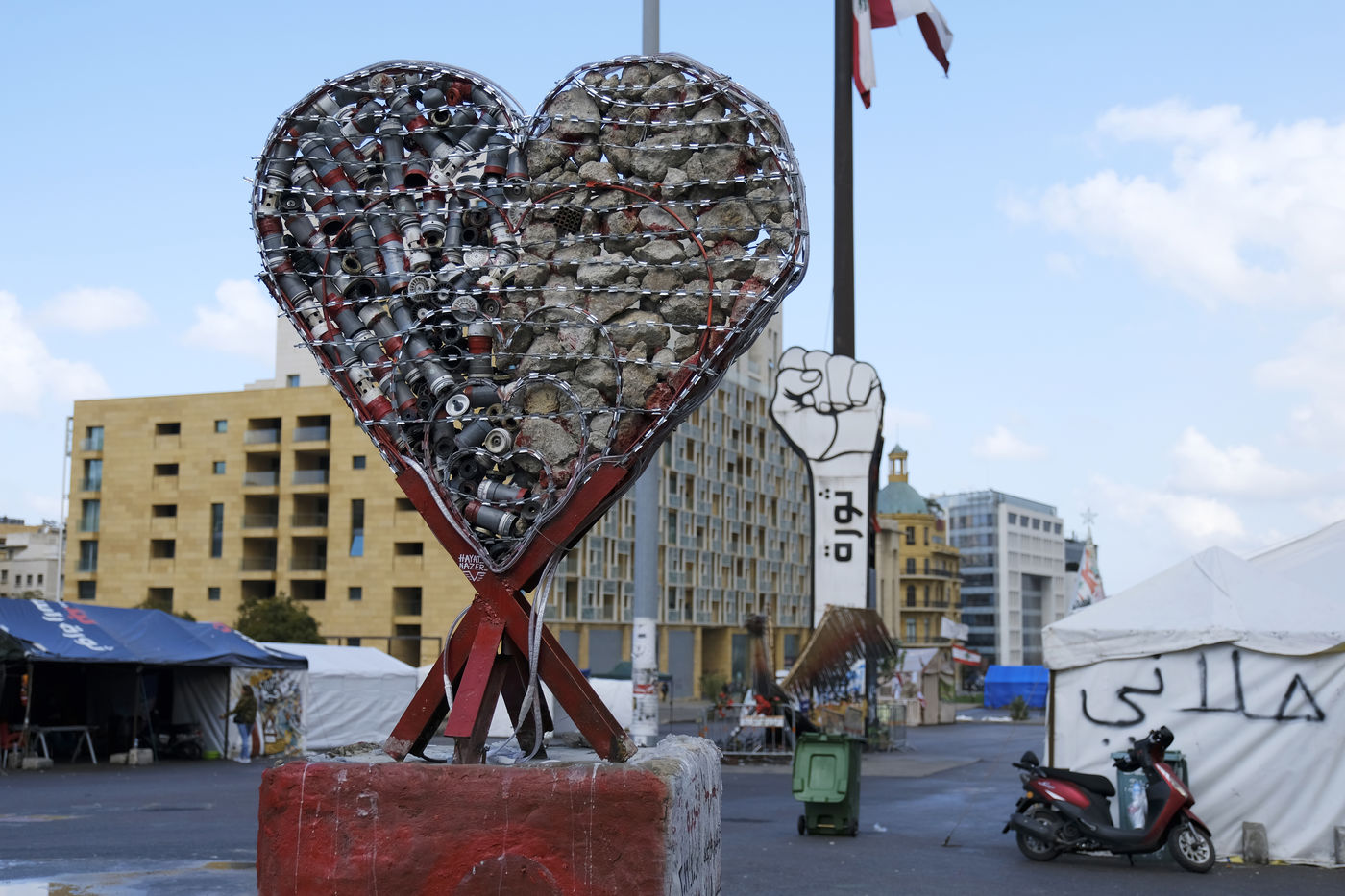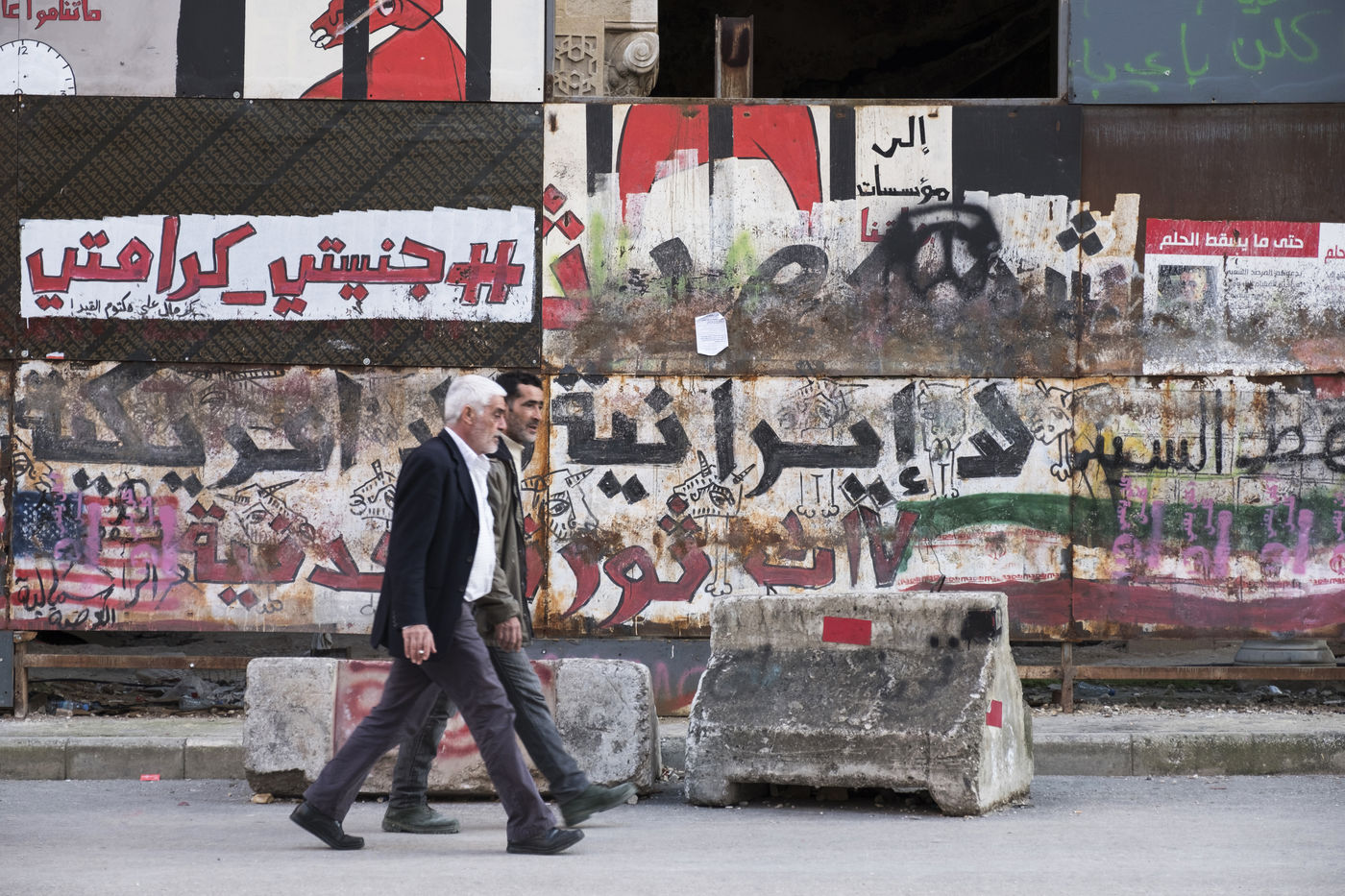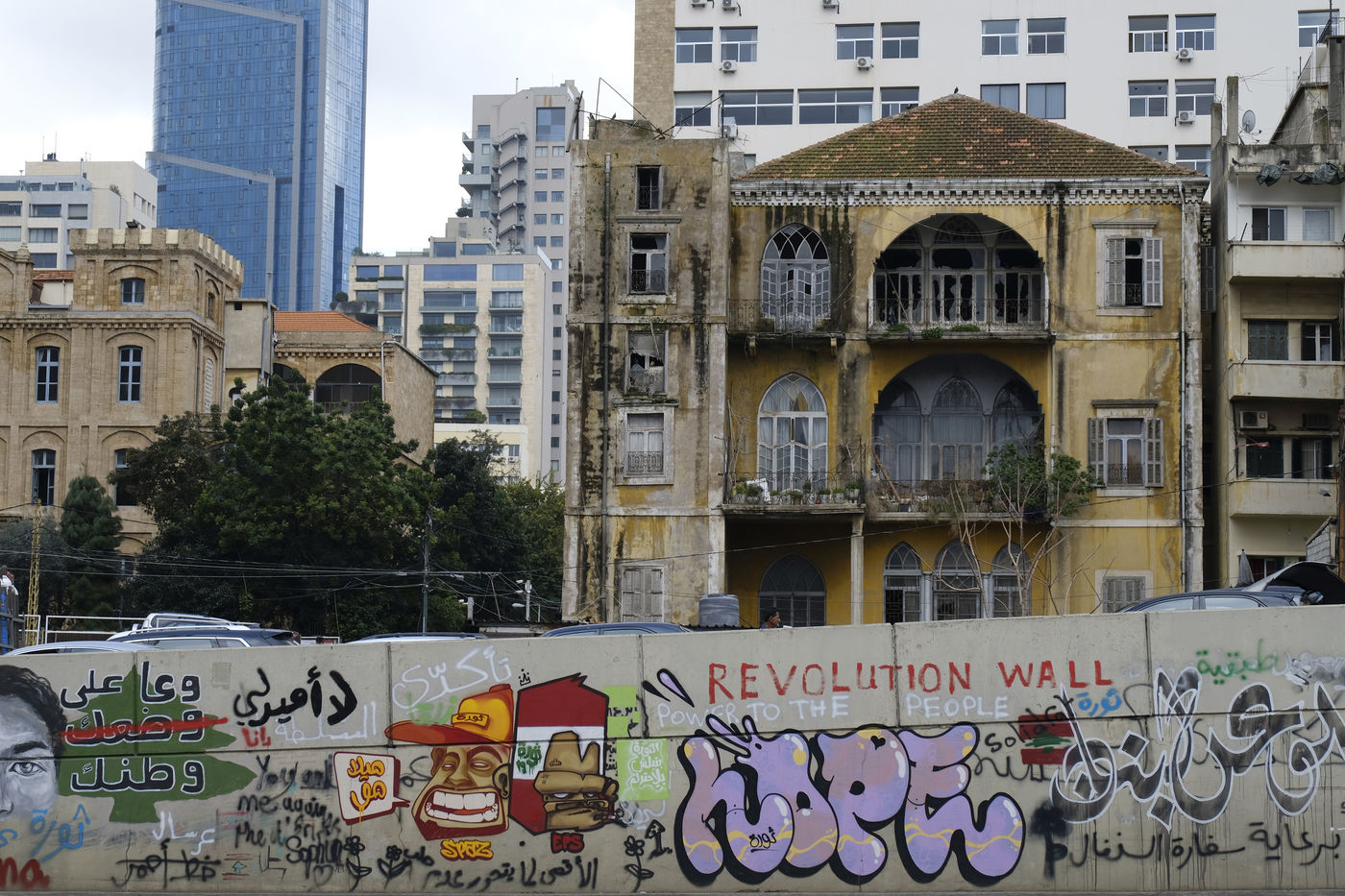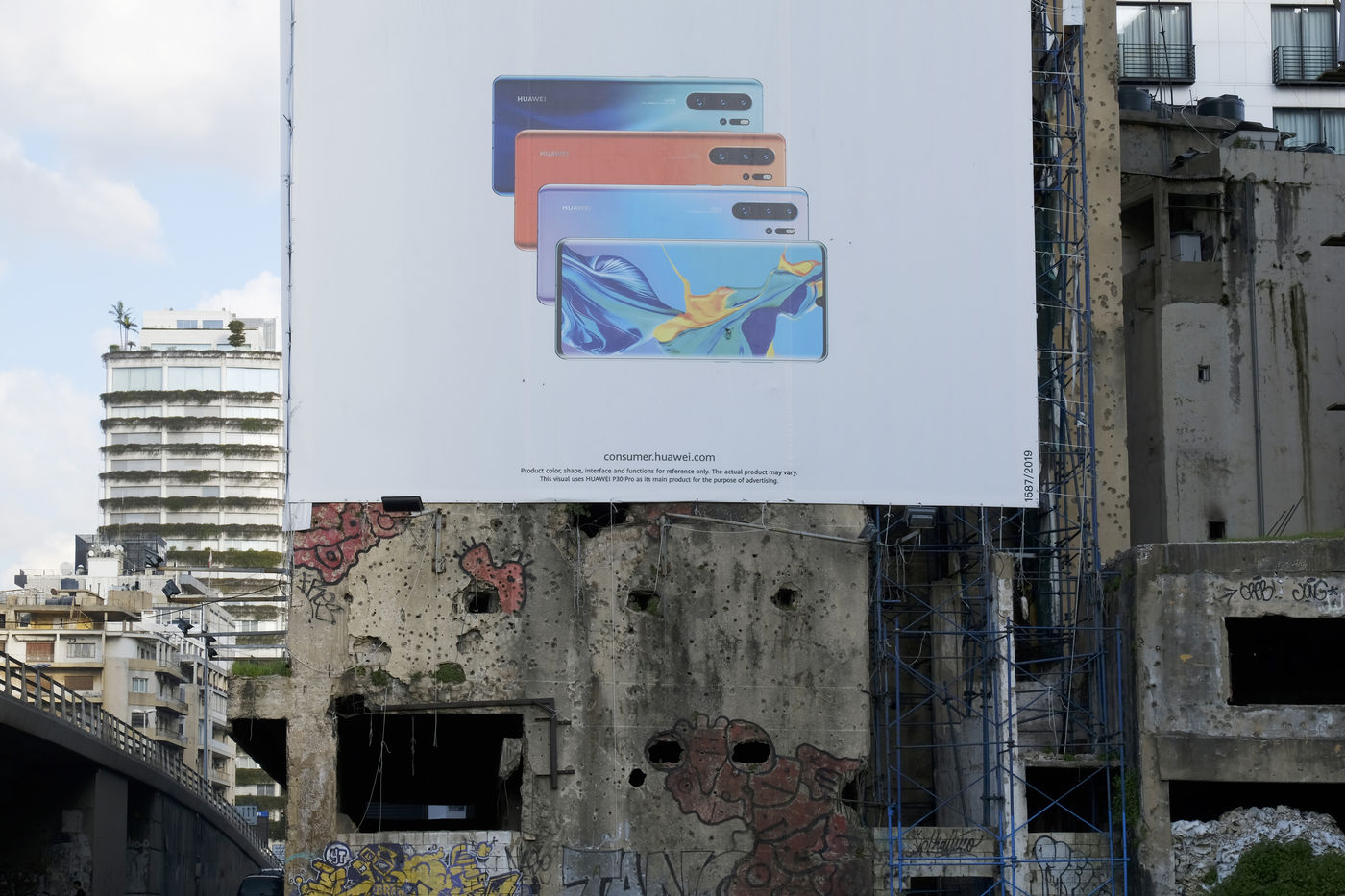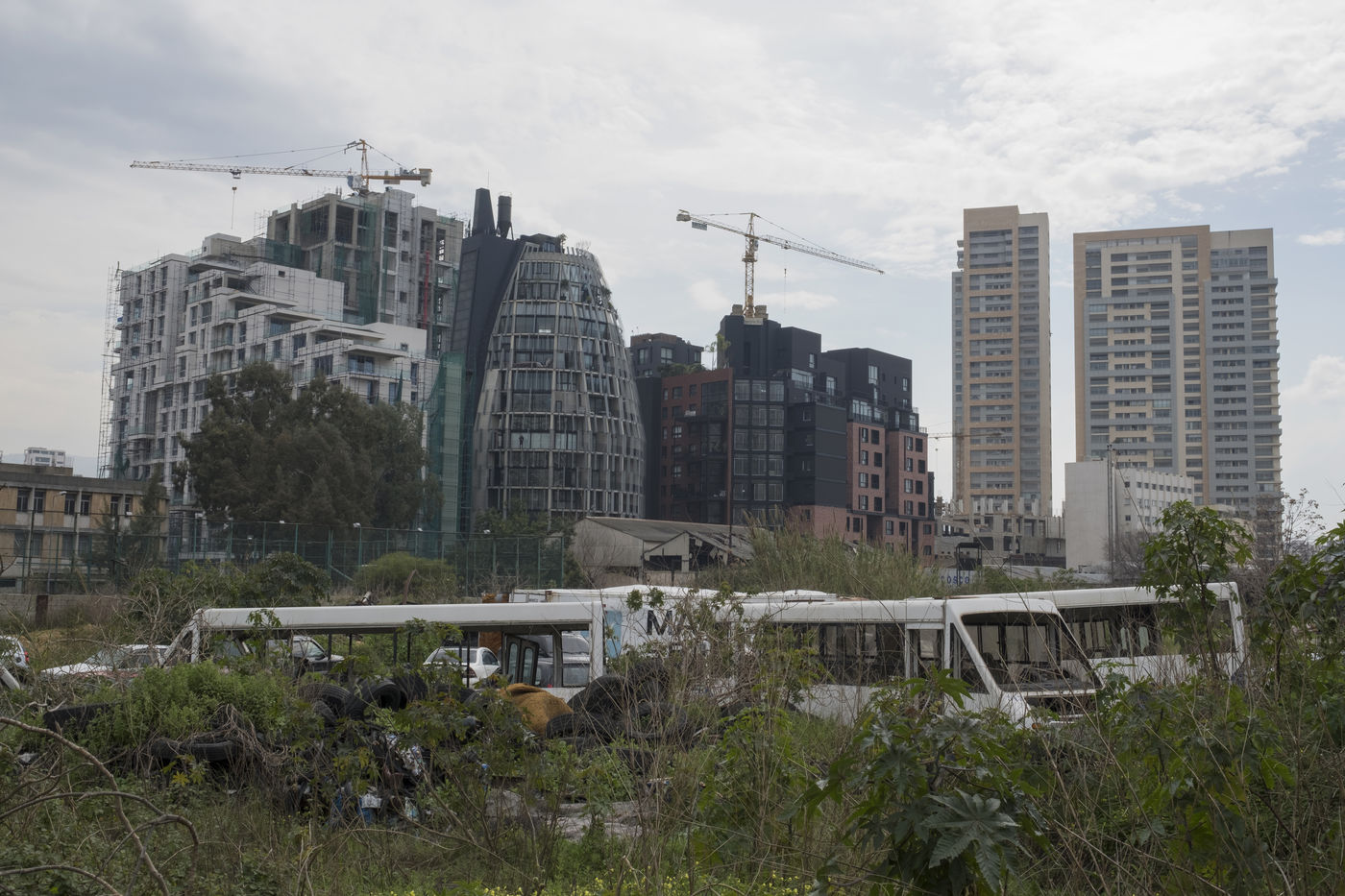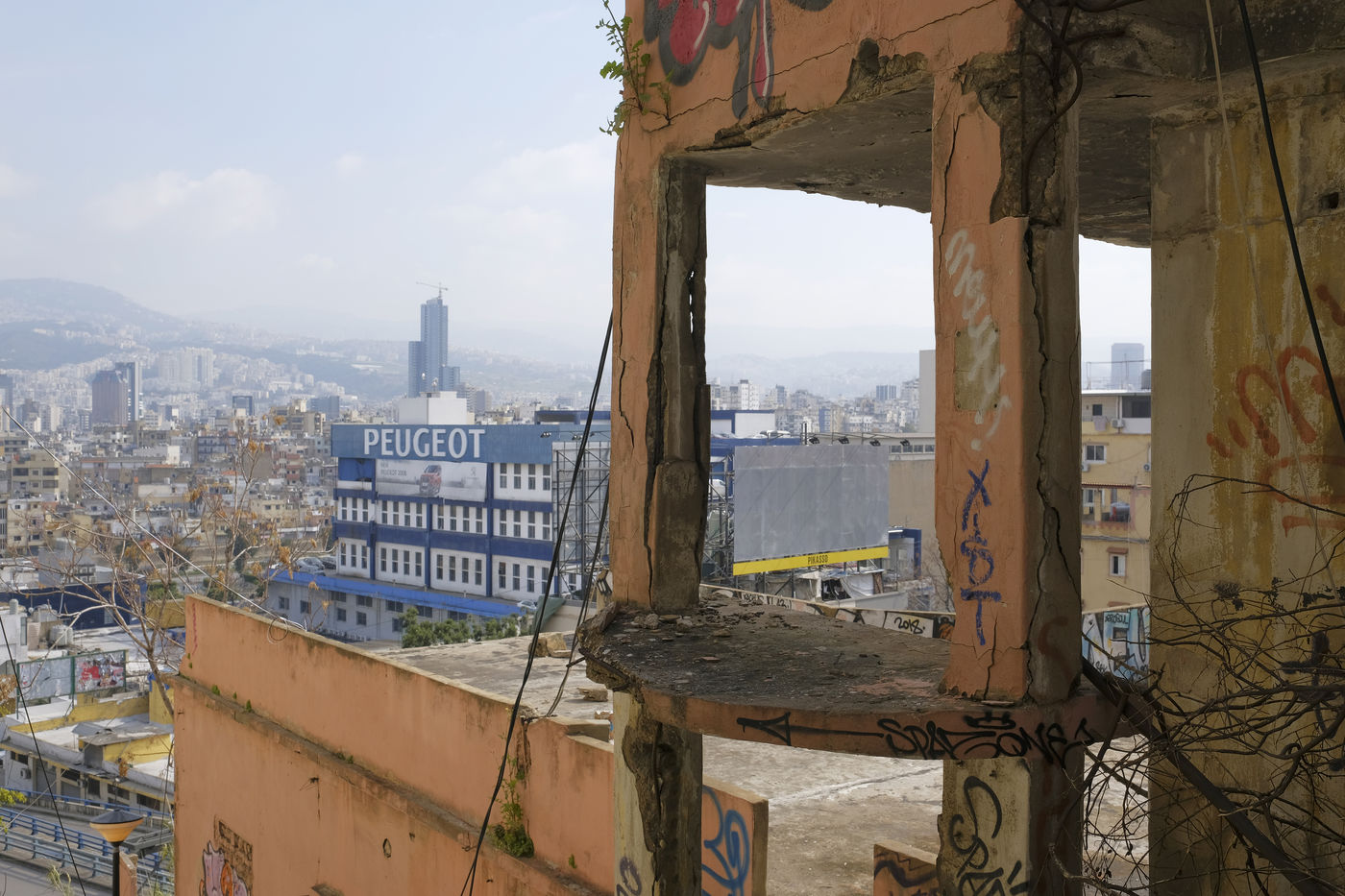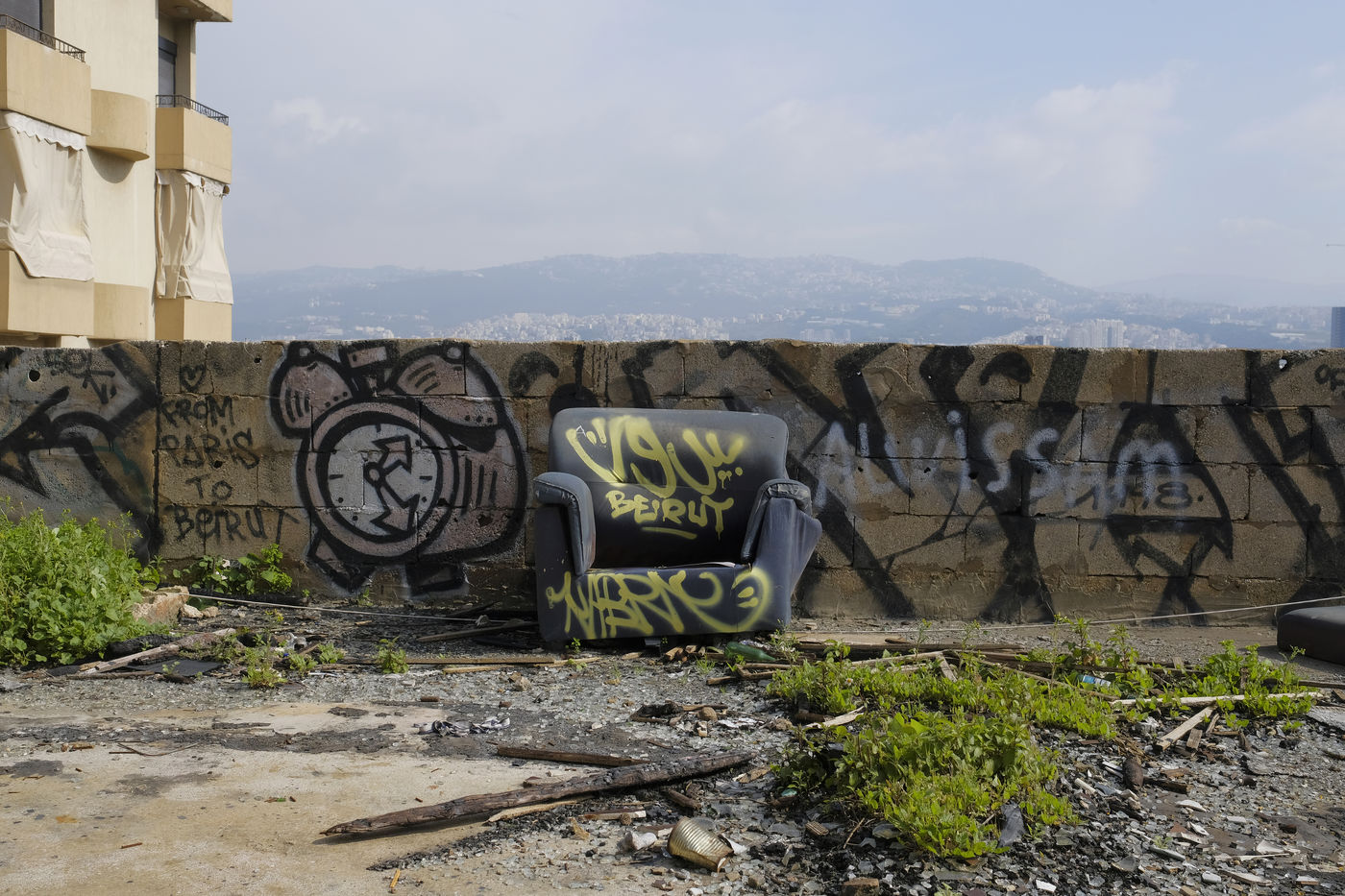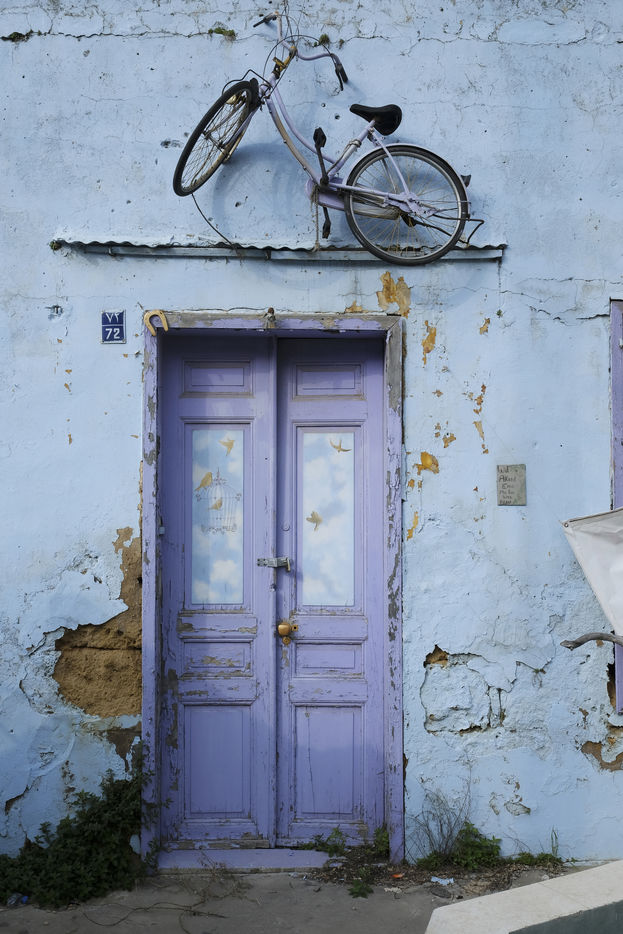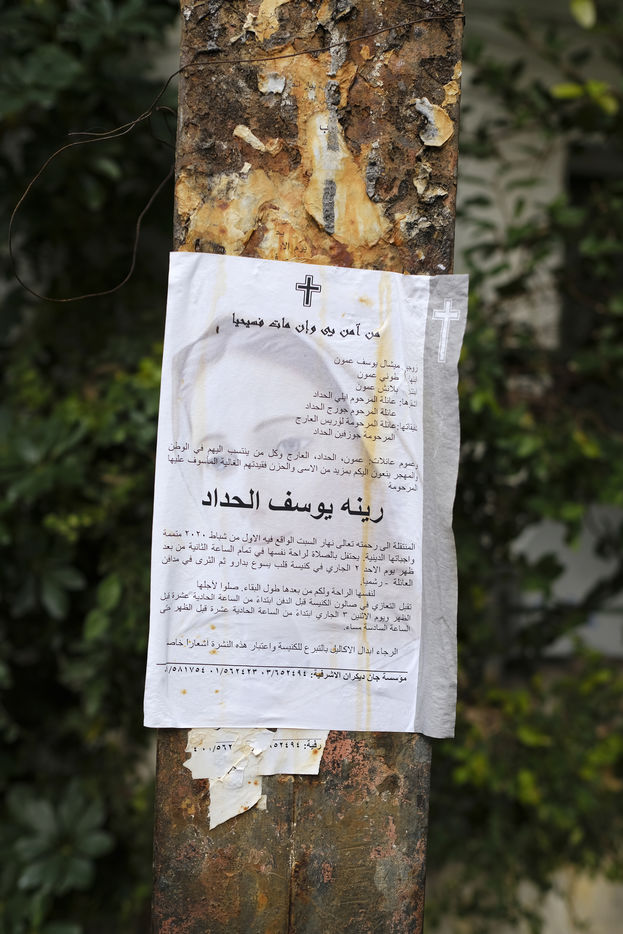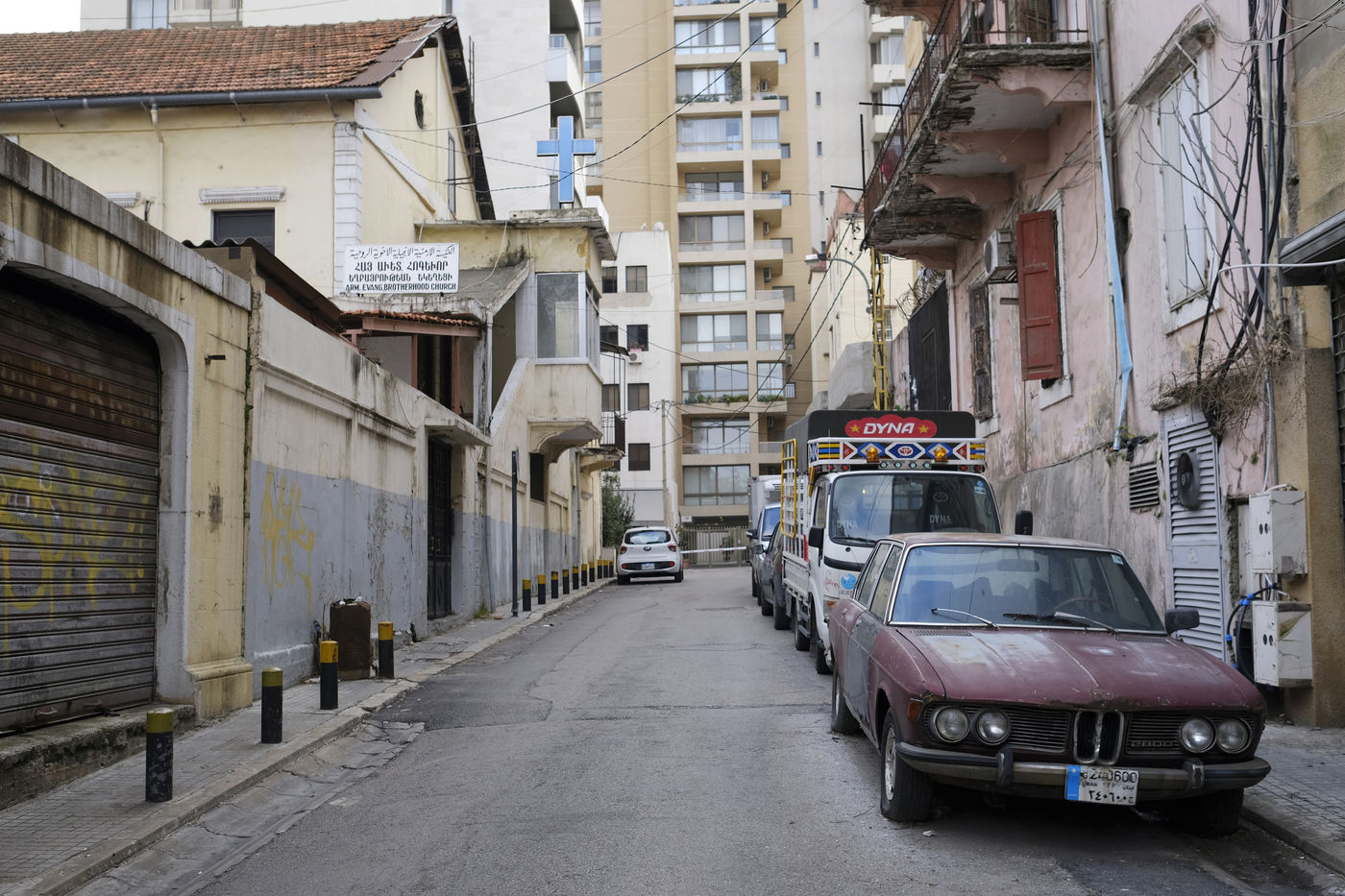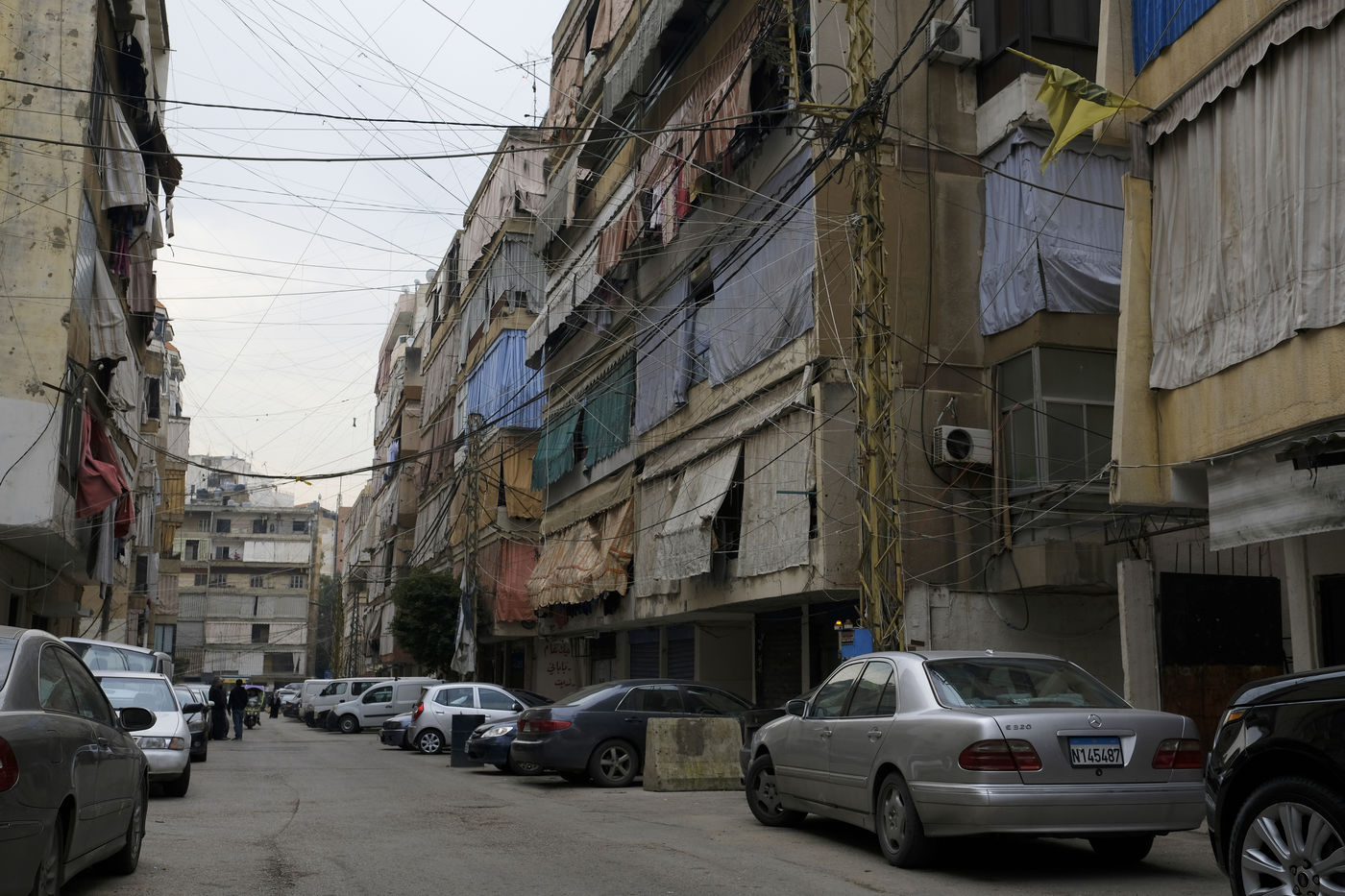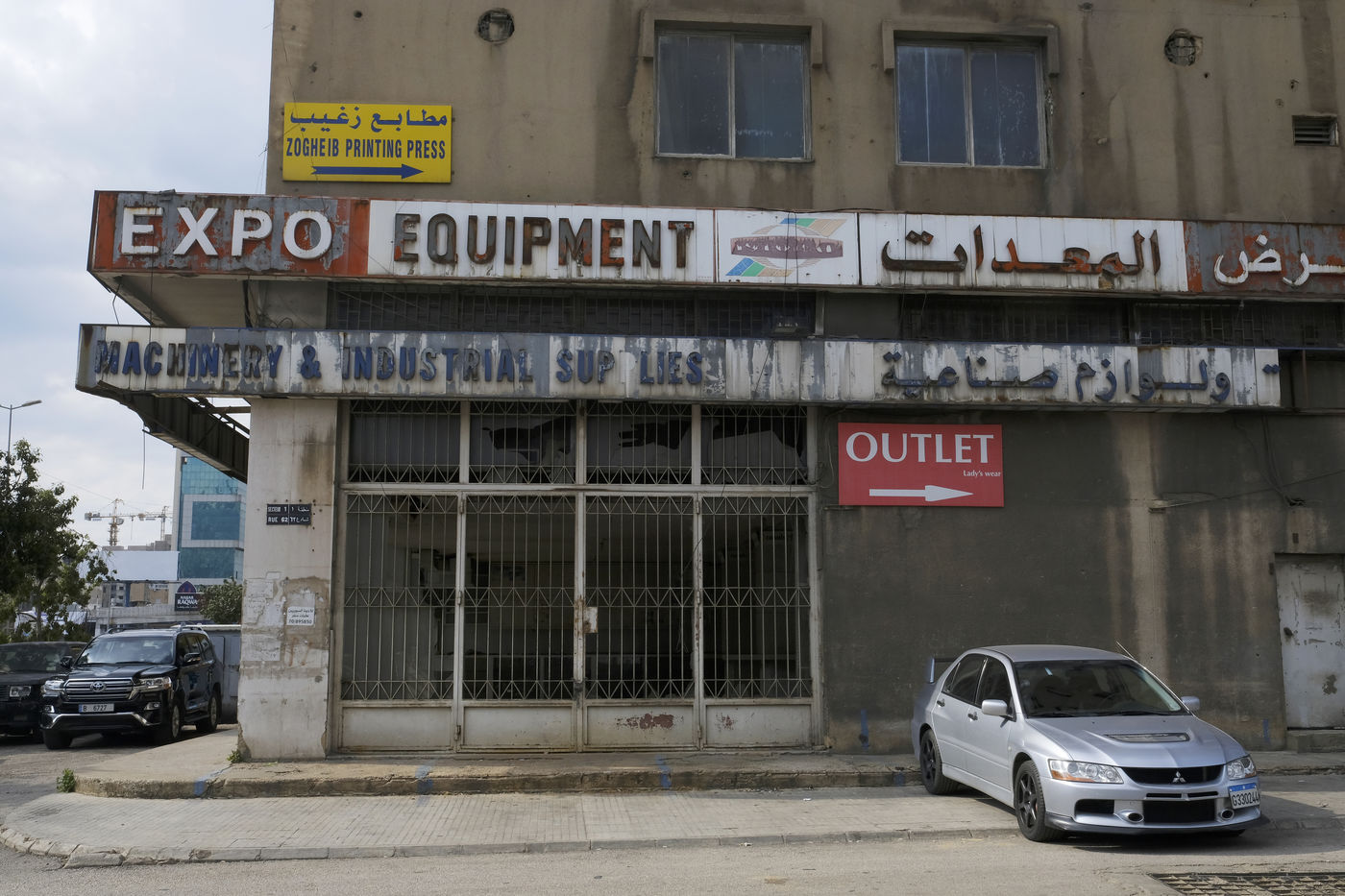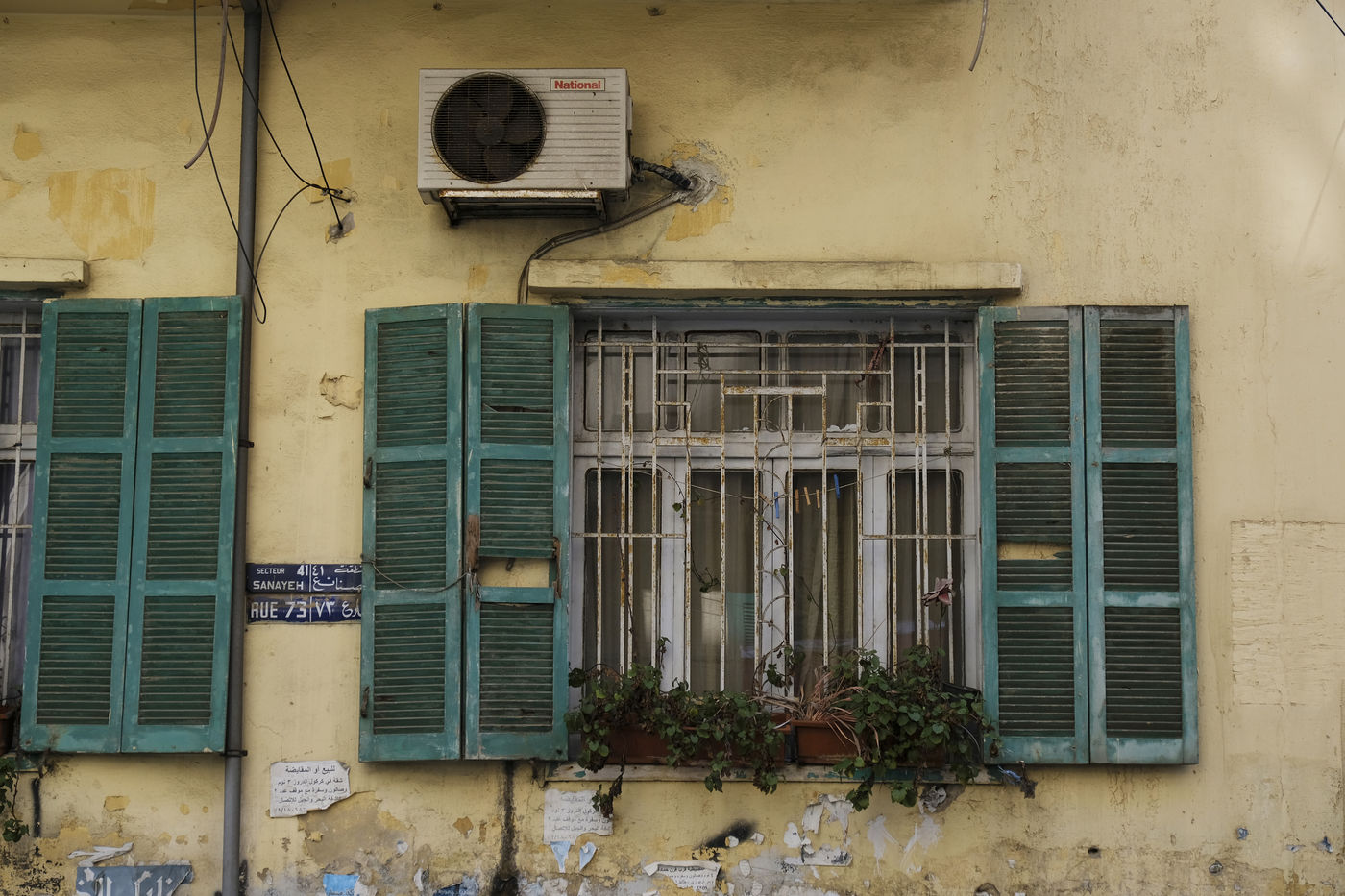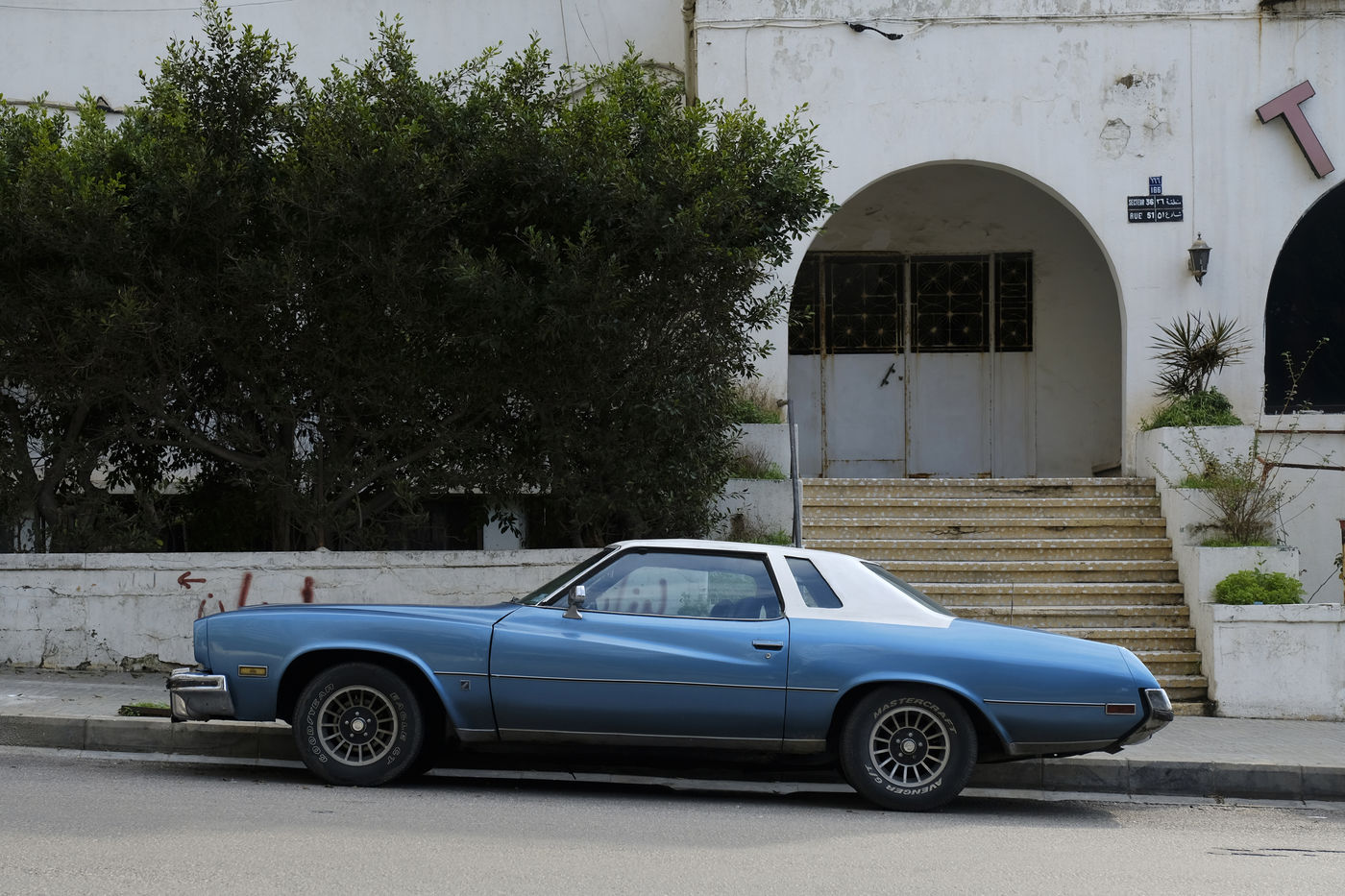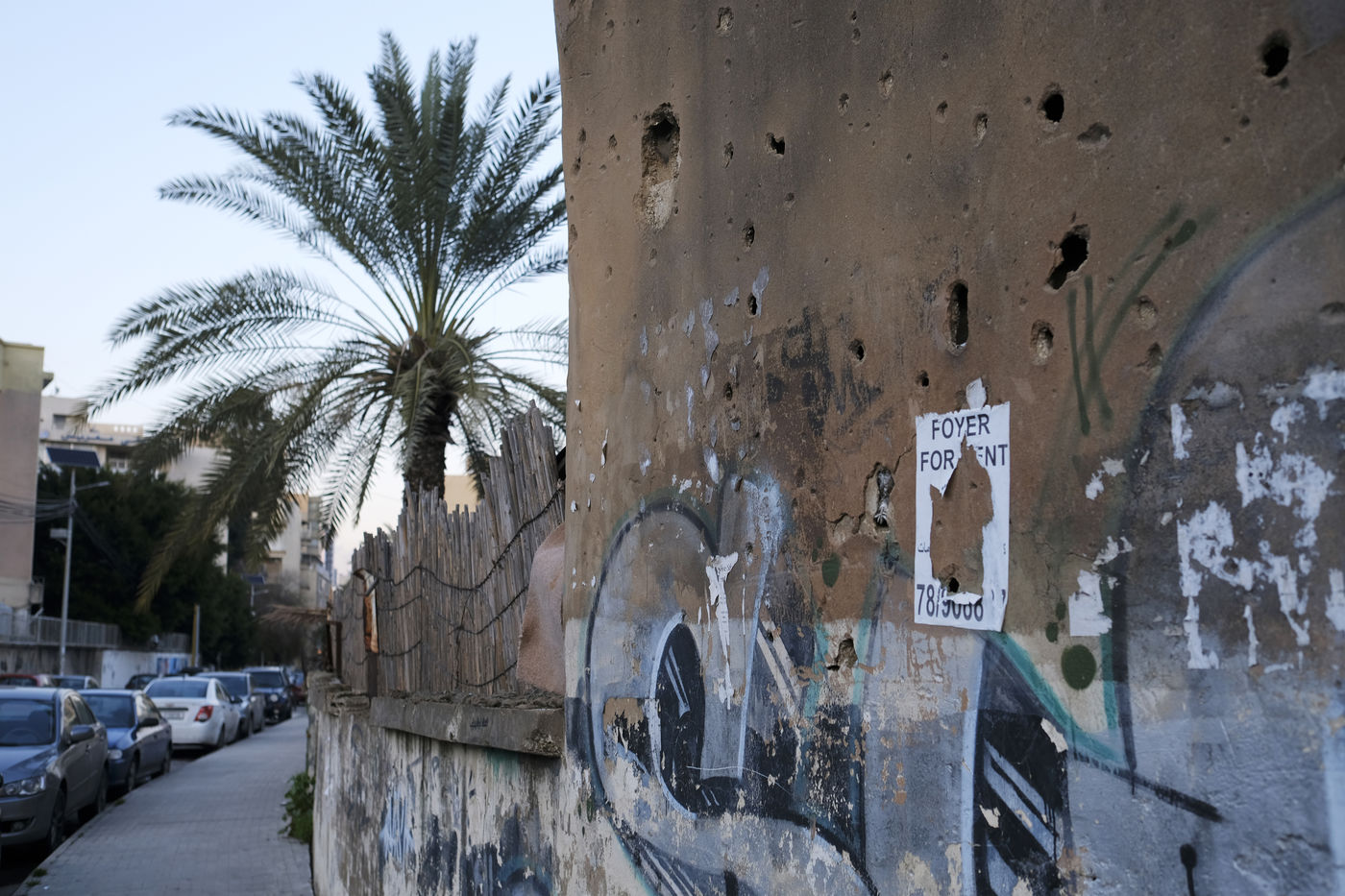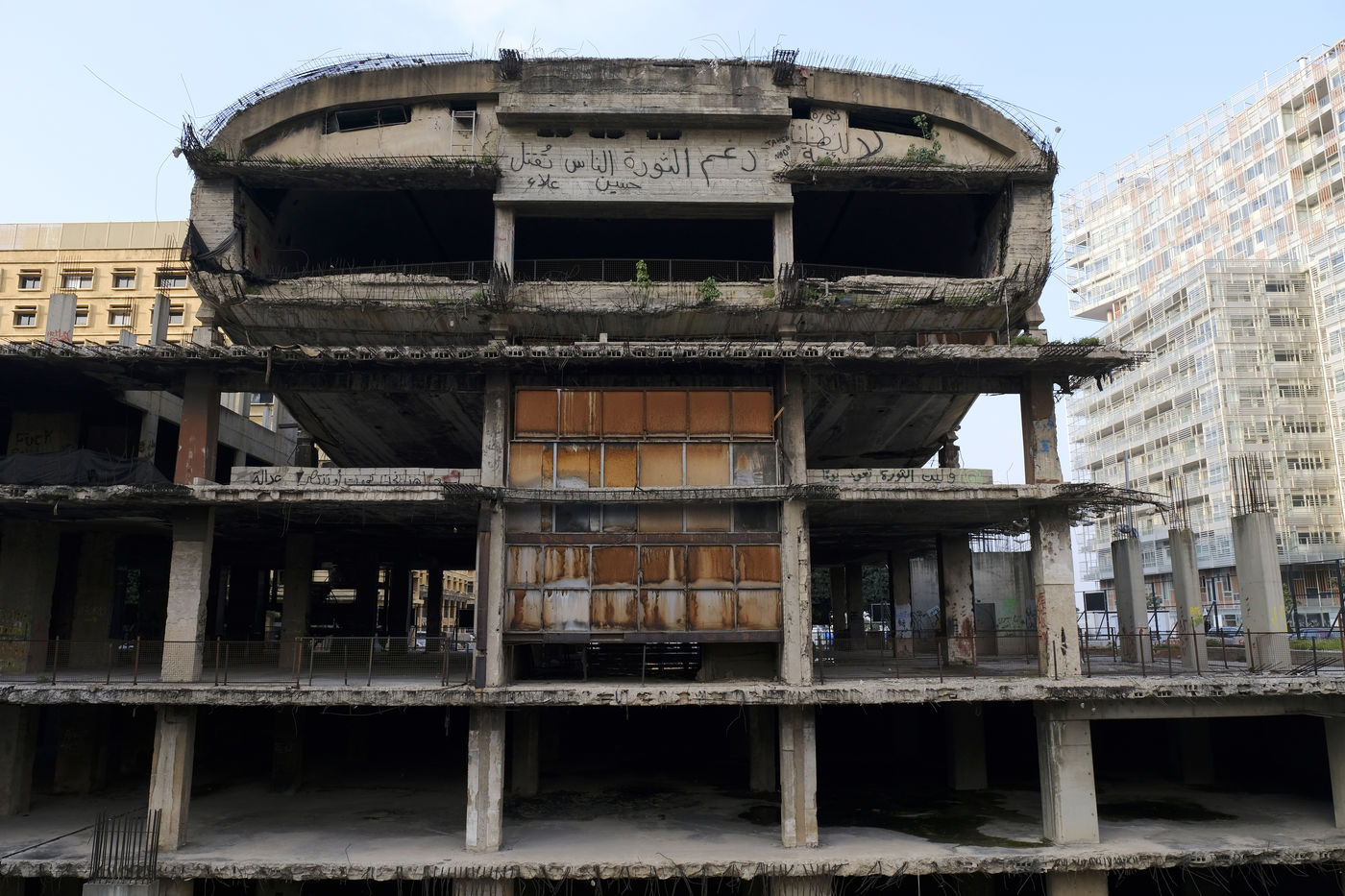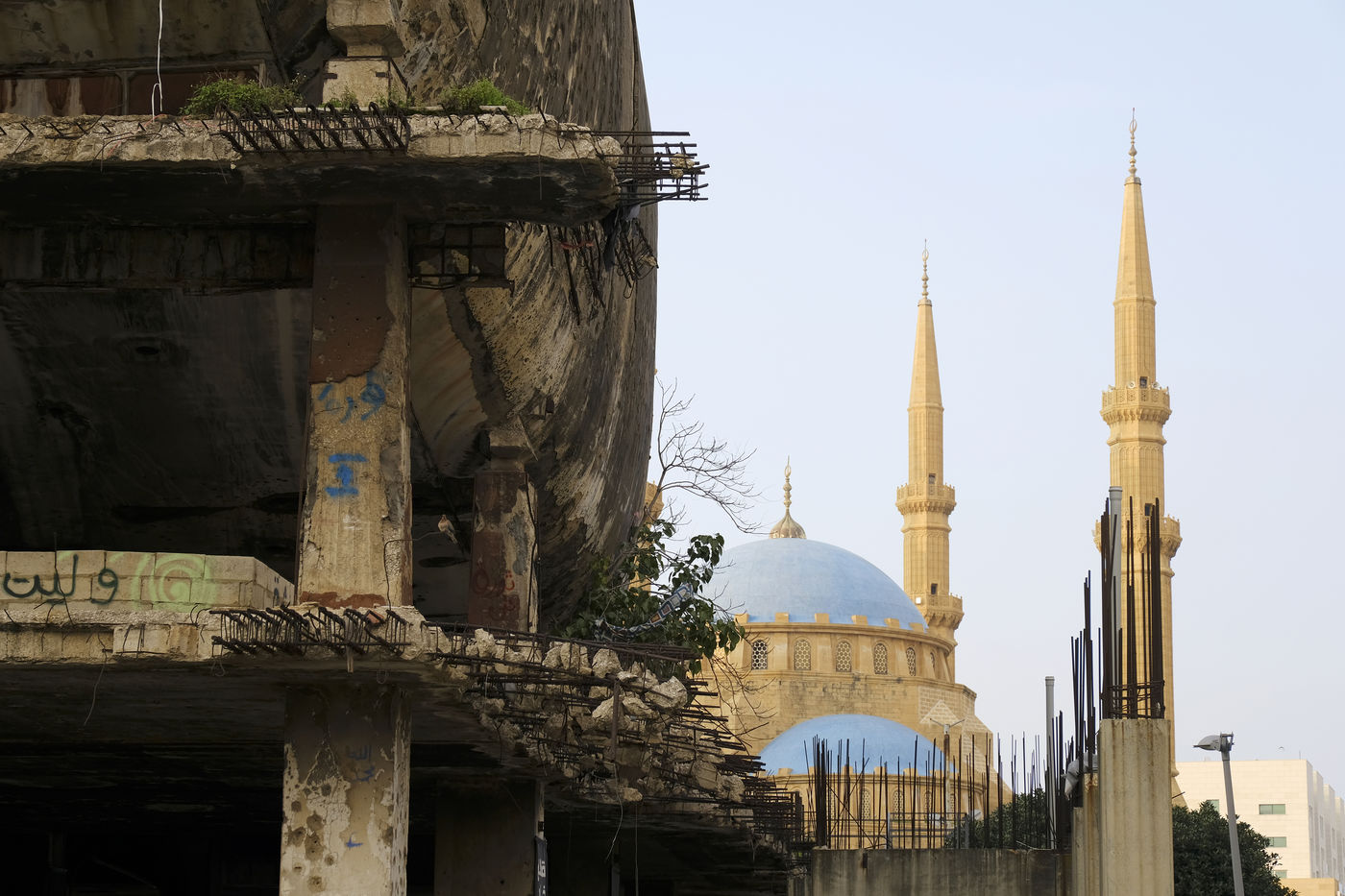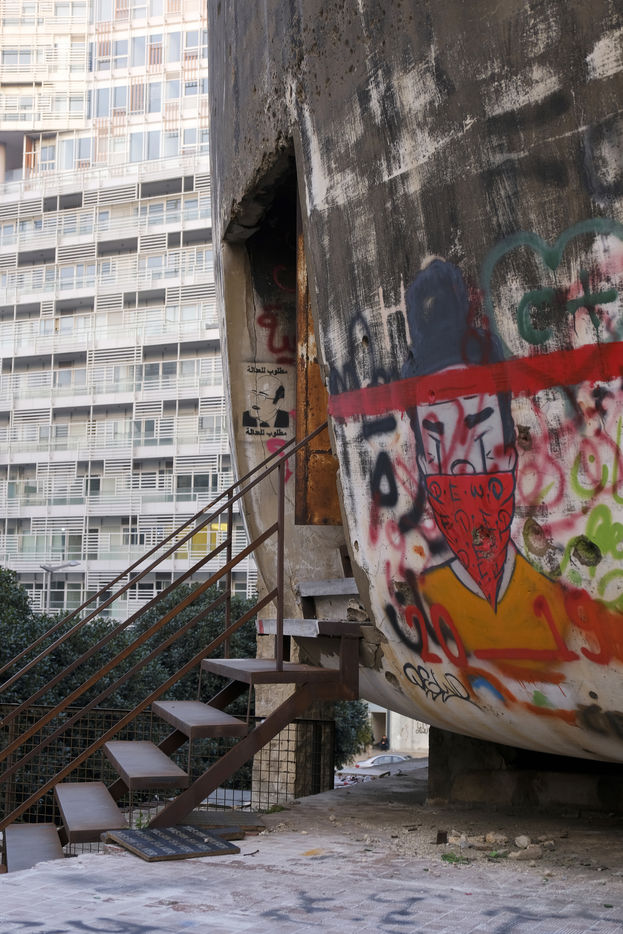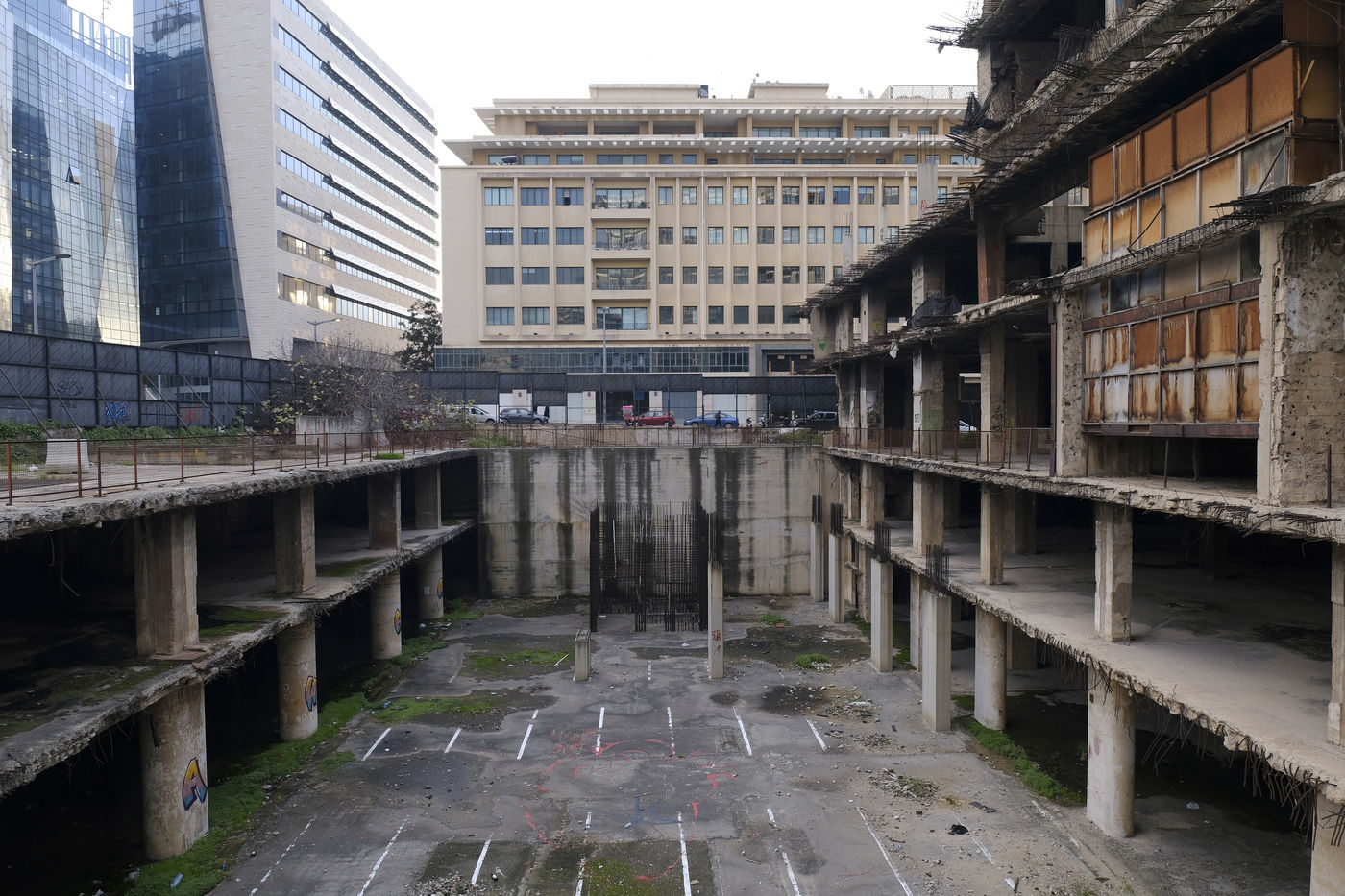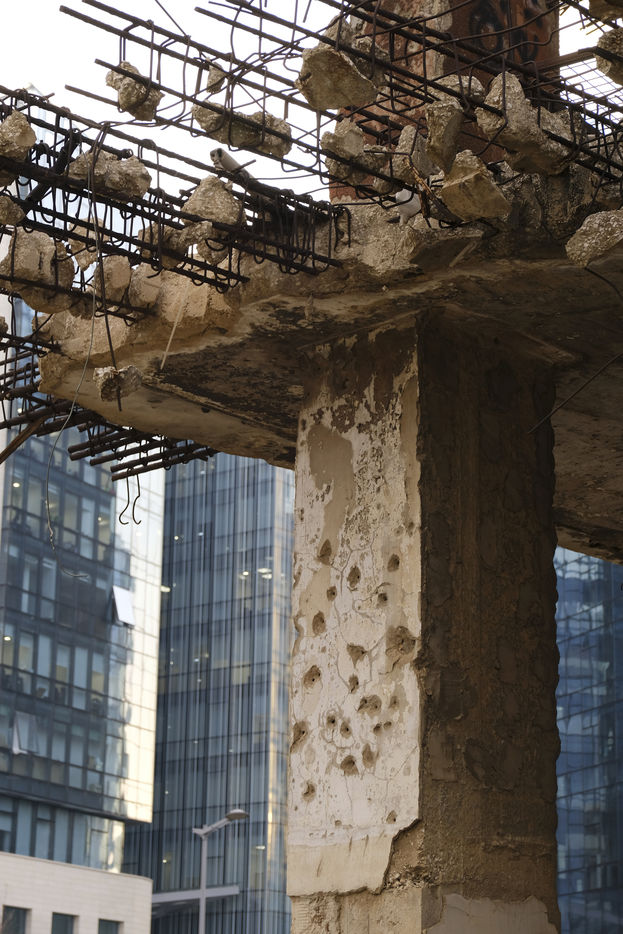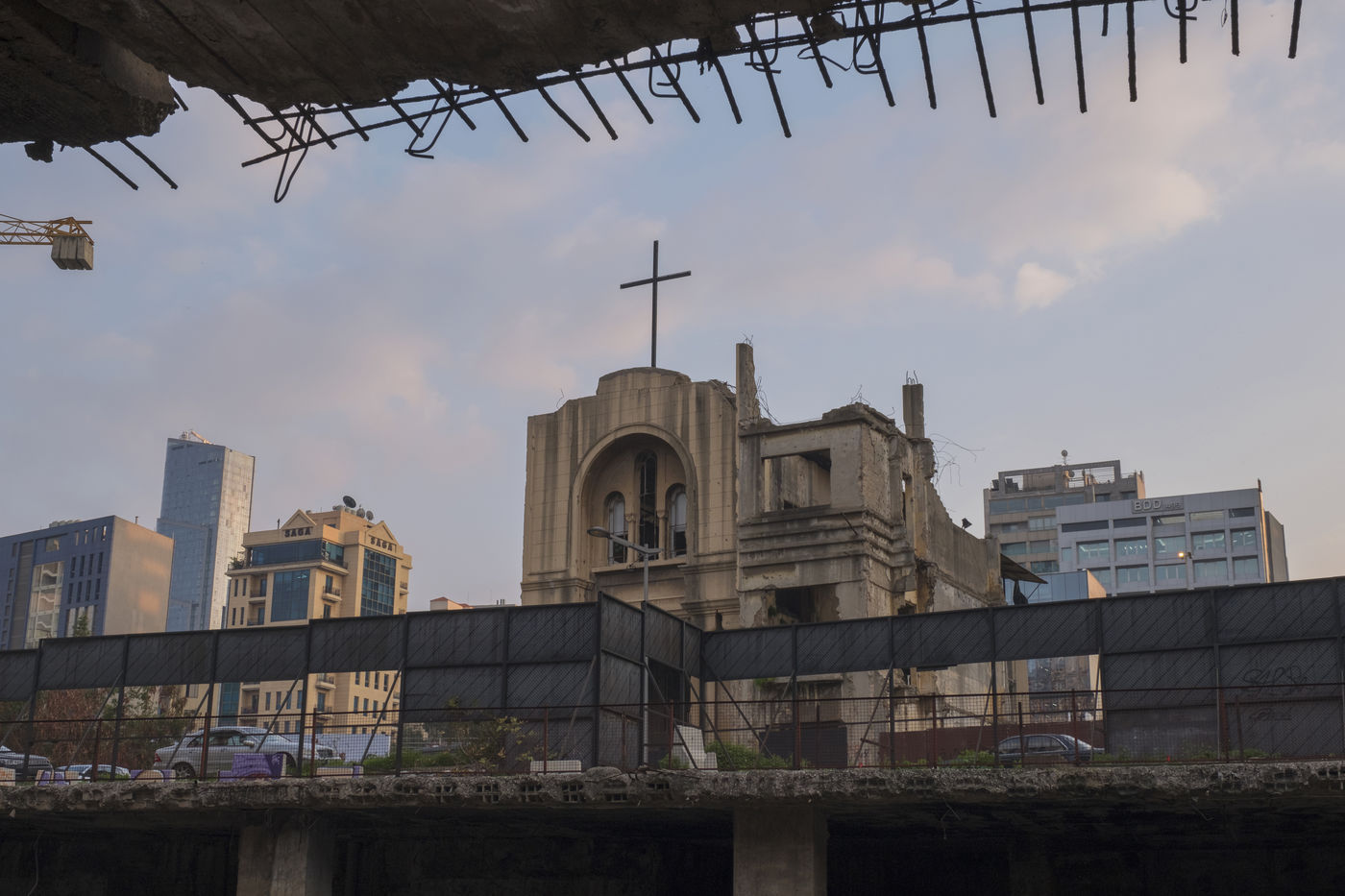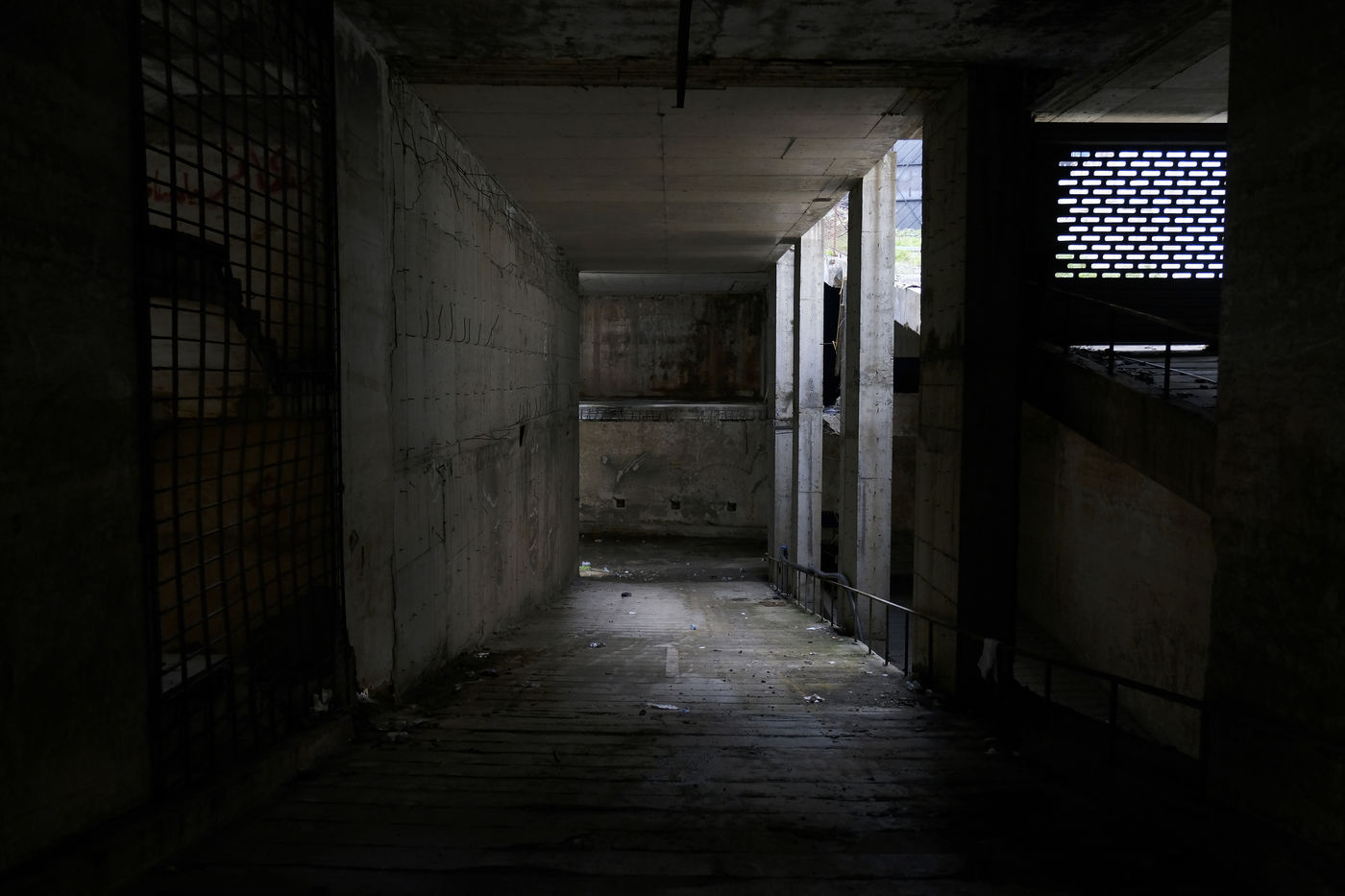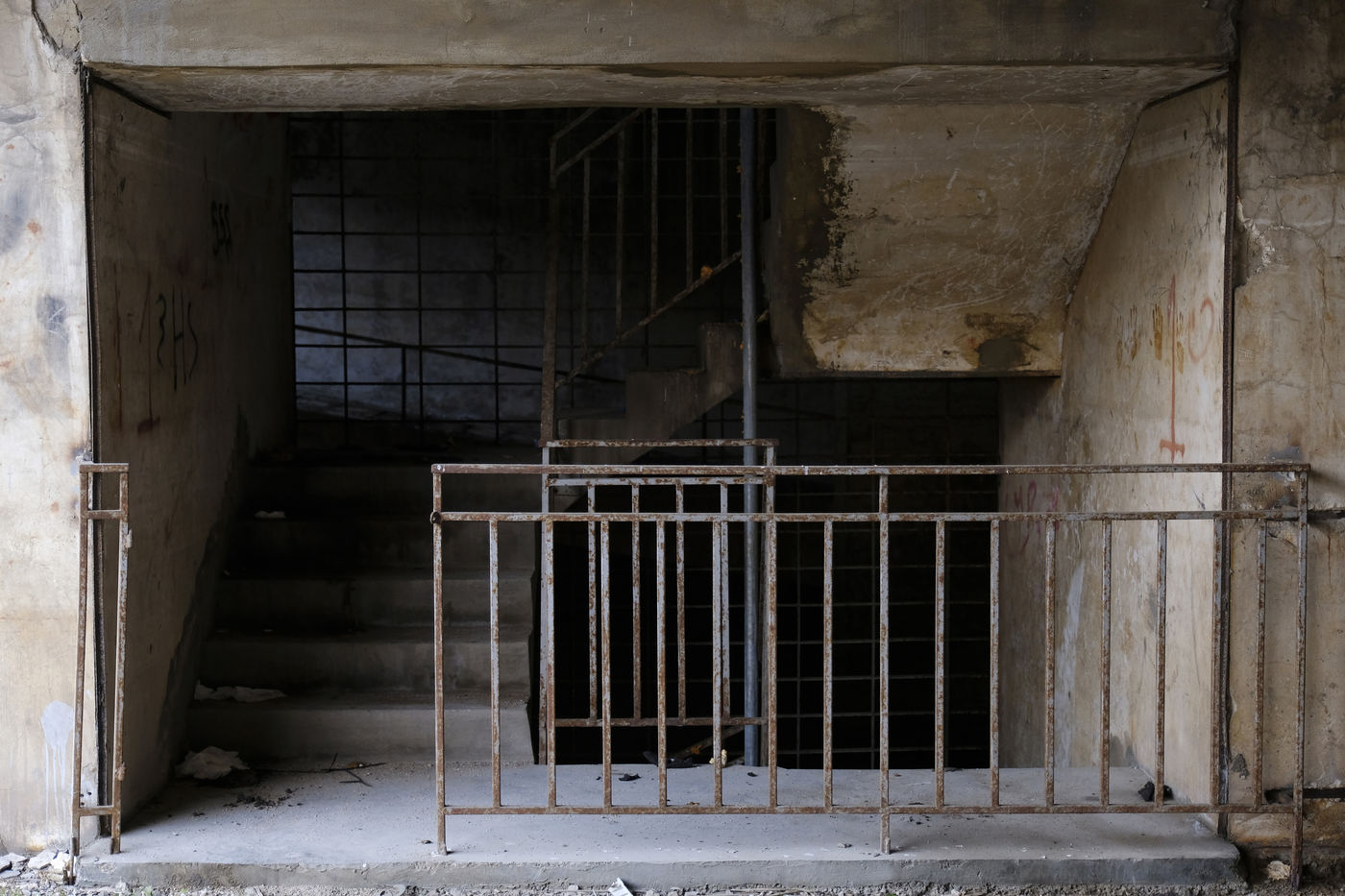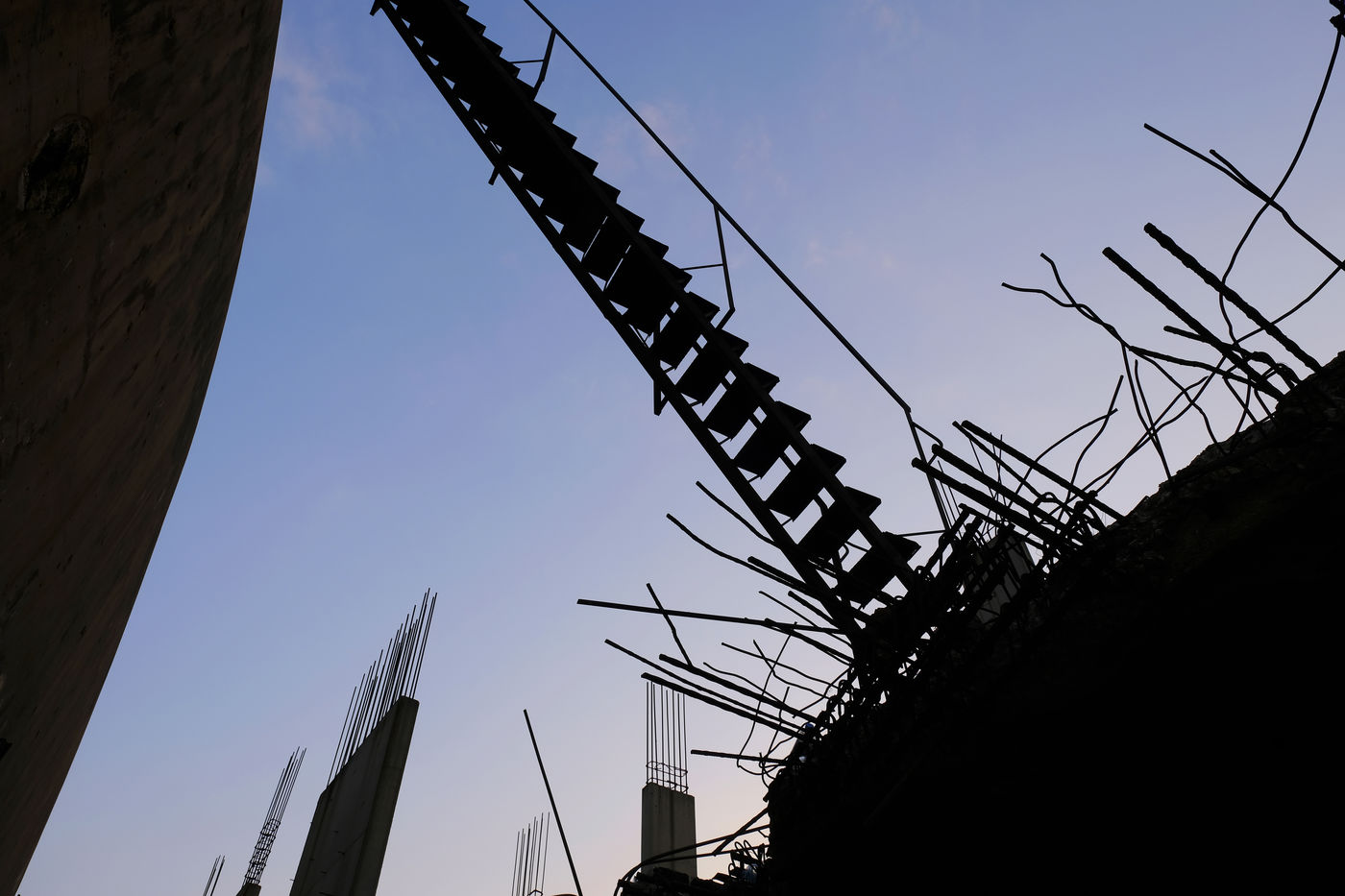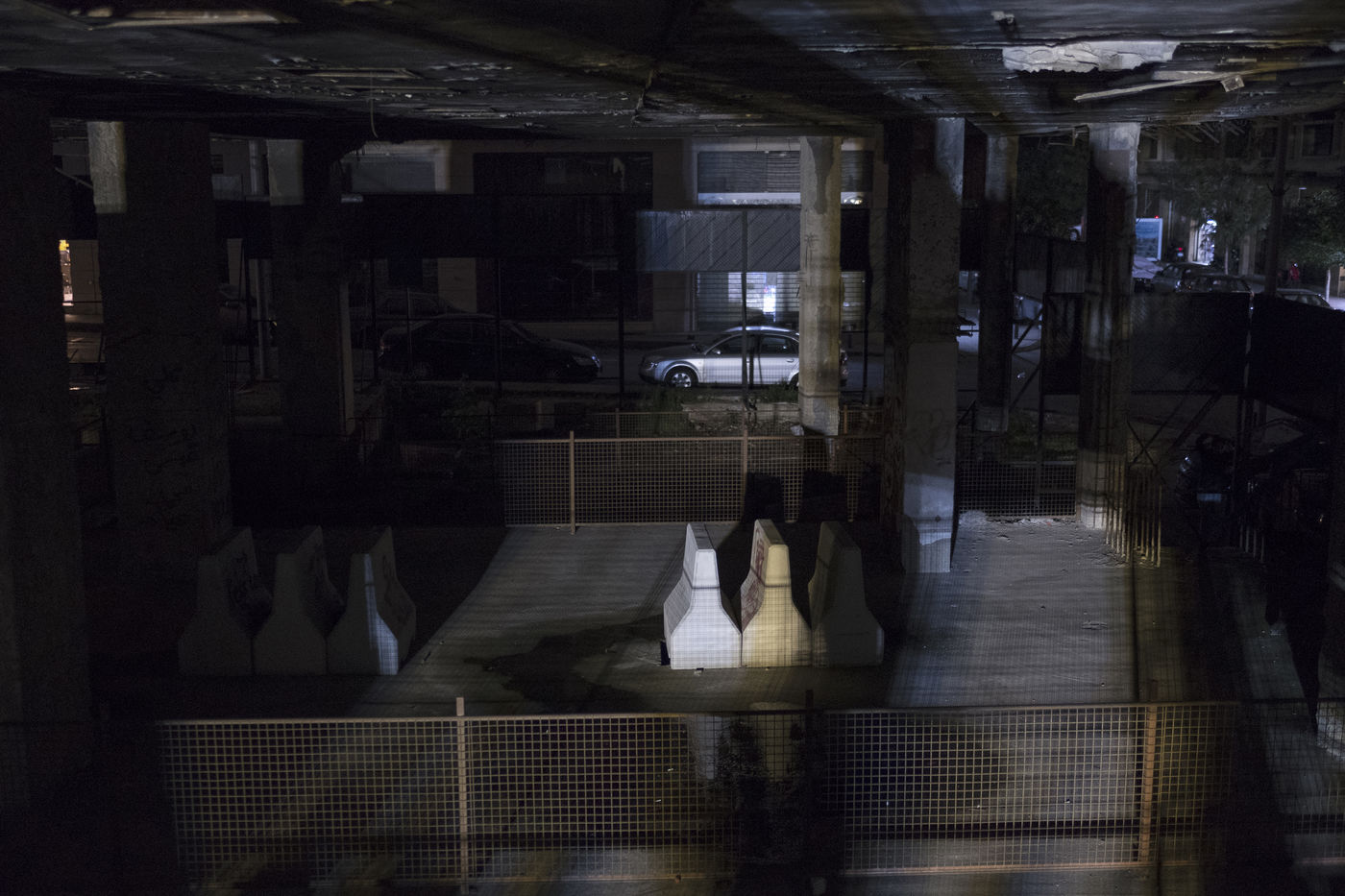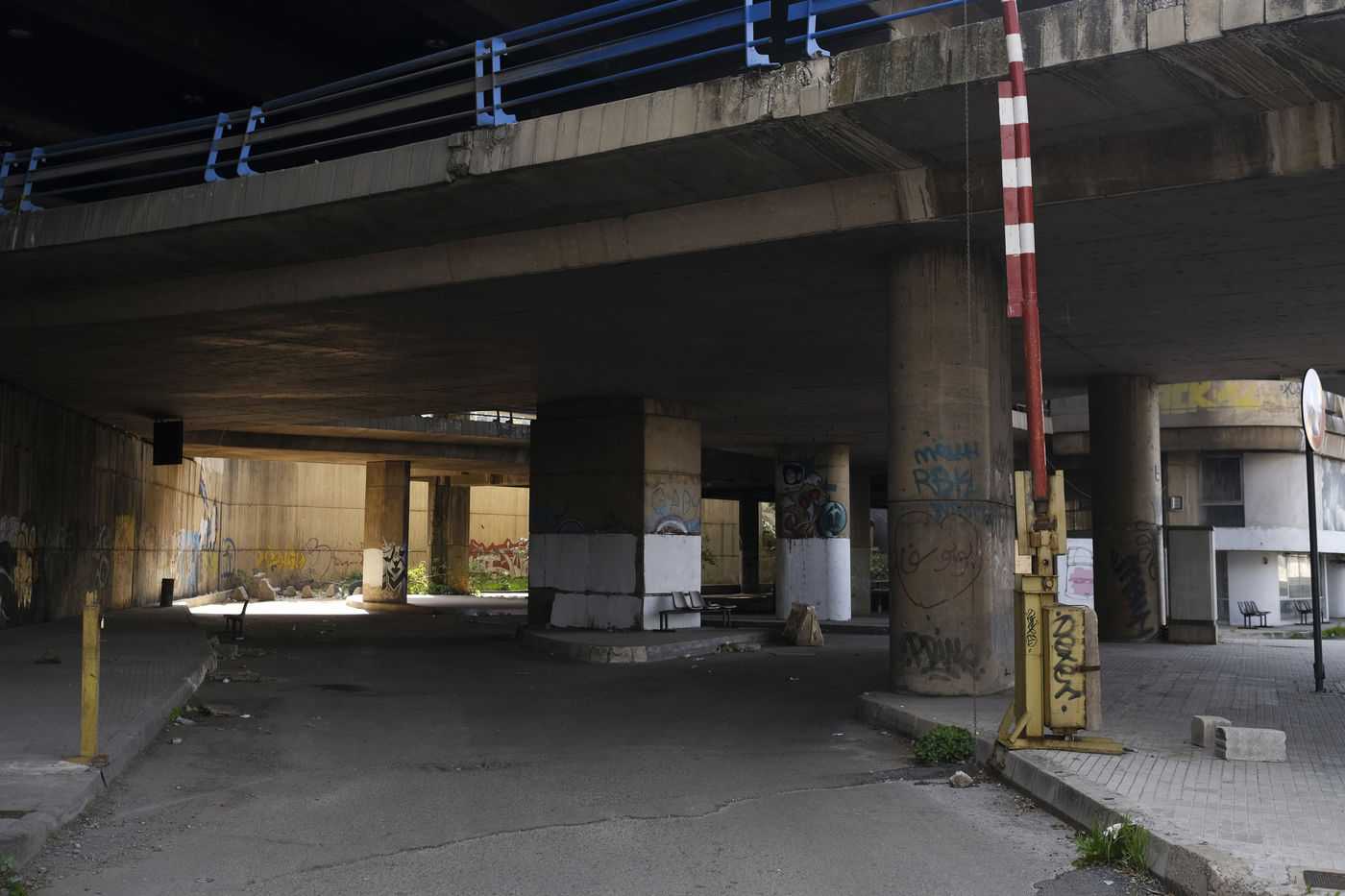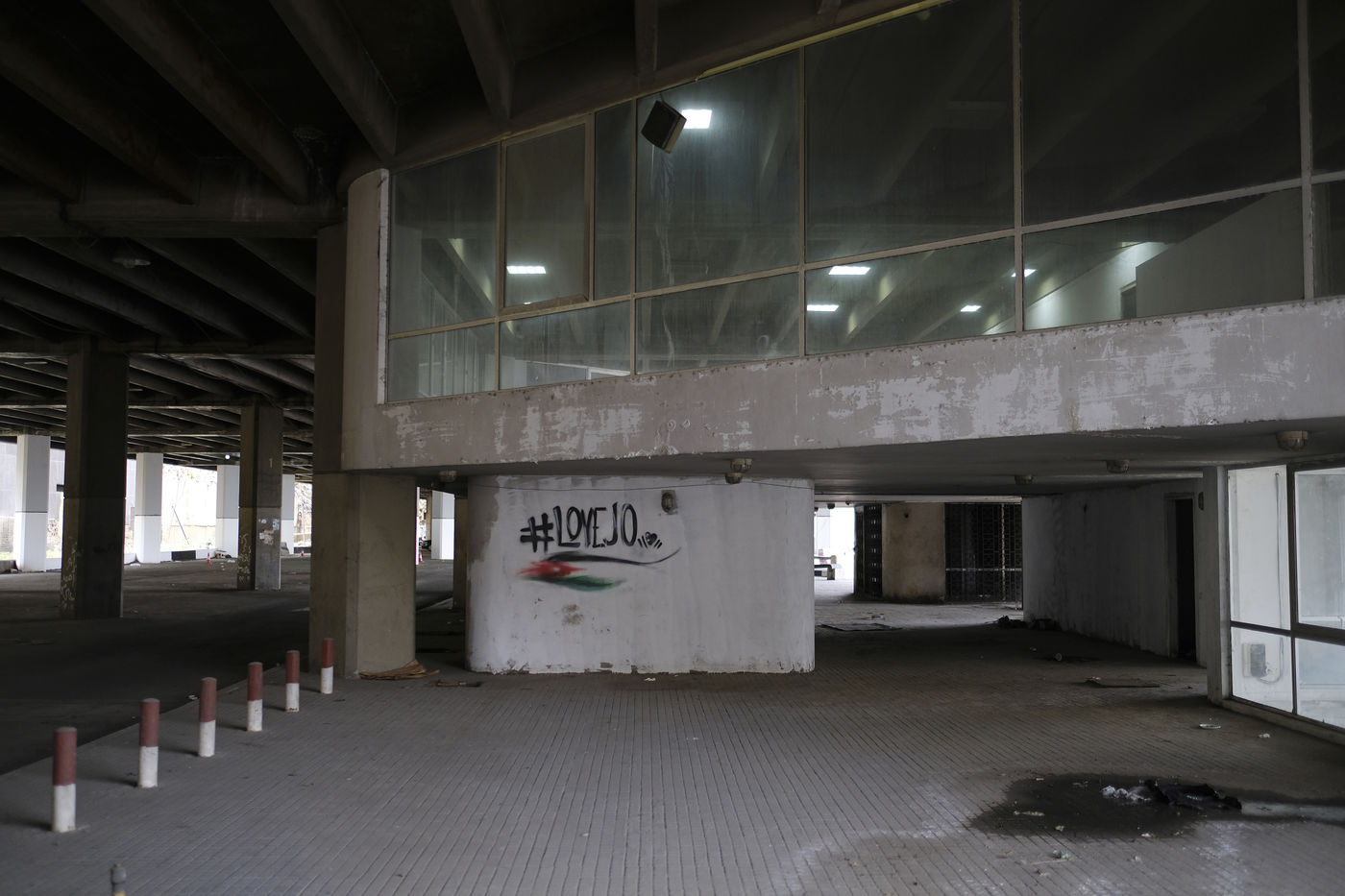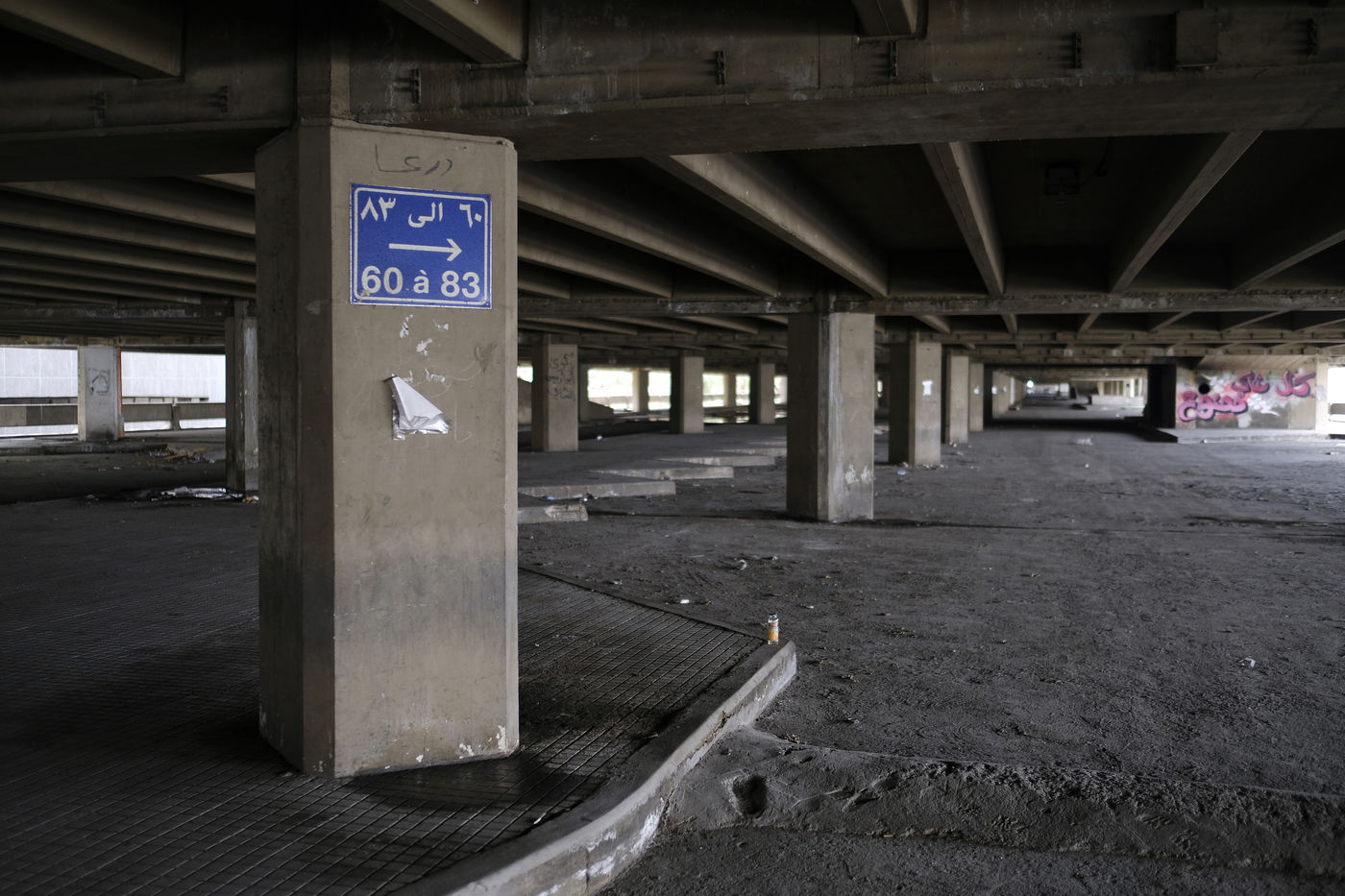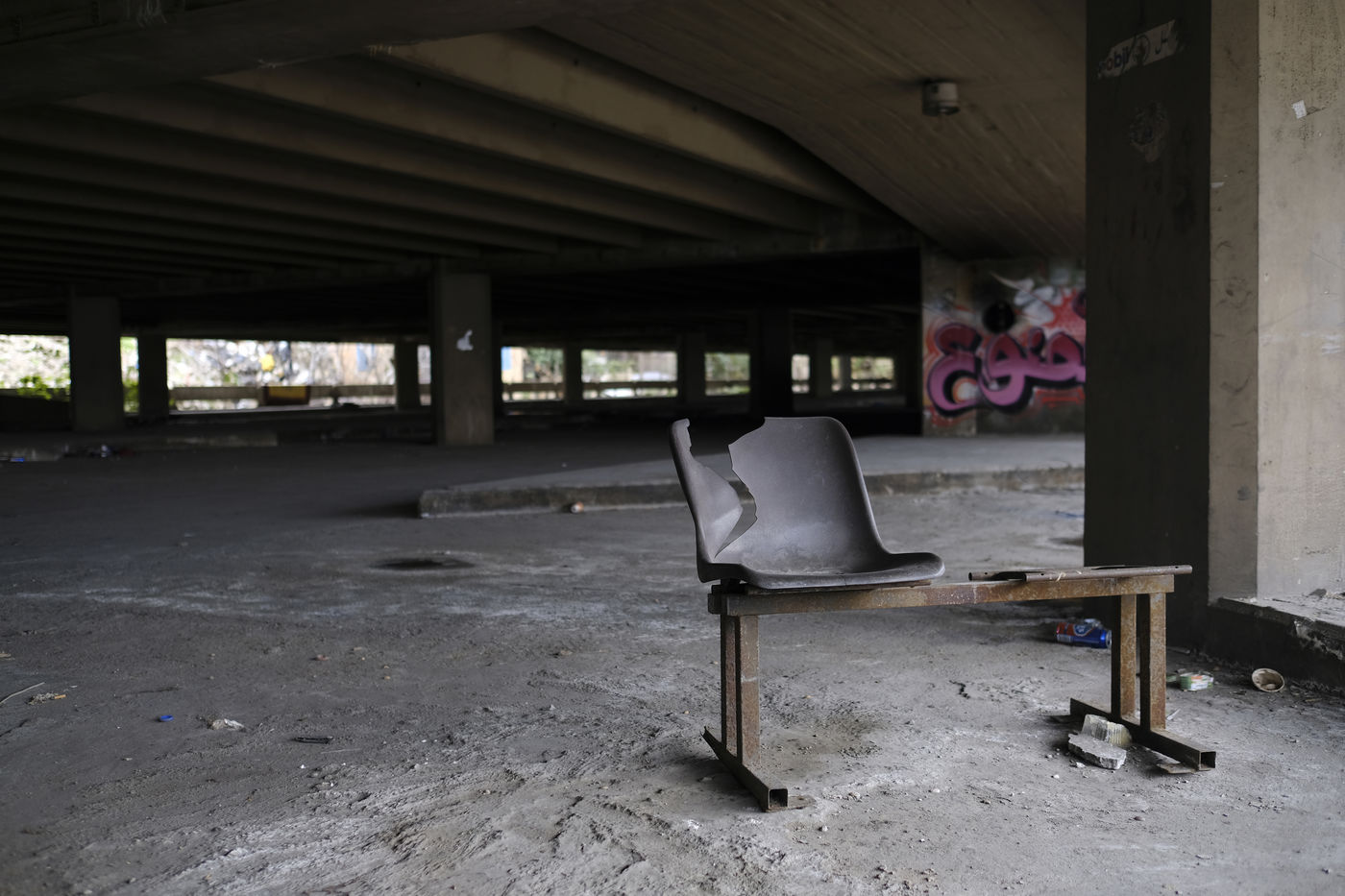Beyrouth : les paysages urbains témoignent
Durant la guerre civile entre 1975 et 1990, le Liban a subi de profonds bouleversements, tant humains que matériels. Dans ce petit pays d'environ quatre millions d'habitants, le conflit fait environ 150 000 morts et 200 000 blessés, sans compter la population contrainte d'être déplacée avoisinant les huit cent milles personnes. La destruction quasi totale de son parc industriel et de ses infrastructures plonge le pays dans une crise économique considérable. Encore aujourd'hui, le Liban en paie le prix fort et lutte pour effacer les traumatismes d'un conflit comme toujours ravageur. Dans les années 90, la reconstruction du centre-ville de Beyrouth était un enjeu majeur pour redonner espoir aux Libanais, mais force est de constater que trente ans plus tard l'objectif reste inachevé. Depuis le mois d'octobre 2019, le peuple exprime sa colère envers un gouvernement qu'il accuse notamment de corruption, de clientélisme politique et d'inertie exécutive. Les causes du mécontentement et du fossé entre la classe dirigeante et ses concitoyens sont nombreuses : restriction des retraits bancaires par manque de liquidités, dévaluation galopante de la livre libanaise, fiscalité déséquilibrée et inéquitable, confessionnalisme politique paraissant à bout de souffle, manque de transports publics, et plus généralement déficience des services publics telles que les infrastructures d'accès à l'électricité et à l'eau potable.
Les paysages urbains de Beyrouth témoignent d'un contexte socialo-économique difficile et d'une histoire douloureuse. Les murs n'ont pas de voix mais en disent long sur la situation actuelle et passée, comme ces impacts de balles criblant les immeubles dans bon nombre de quartiers de la capitale, ou bien ces chantiers imposants paralysés depuis plusieurs années faute de financement, ou encore ces infrastructures de loisirs ou de services laissées en jachère. Dans cette série, apparaissent notamment le complexe balnéaire "Long Beach Club", abandonné depuis bien longtemps sur le littoral du quartier Manara, "The Egg" dans le centre-ville, qui aurait du être l'un des plus gros centres commerciaux du Moyent-Orient dans les années 70 mais dont le chantier a été interrompu par la guerre civile, ou encore une gare routière désertée proche de celle Charles Helou encore en service. Bref, les exemples sont là et nombreux, il suffit de regarder. Giacomo Italiano explore ce vaste tissu territorial, loin des quartiers fastueux de la capitale réservés à une certaine élite, afin d'illustrer à travers une scénographie strictement urbaine et architecturale les principales problématiques auxquelles le Liban doit faire face.
Beirut : Urban landscapes bear witness
During the civil war between 1975 and 1990, Lebanon underwent profound upheavals, both human and material. In this small country of about four million inhabitants, the conflict left about 150,000 people dead and 200,000 injured, not counting the population forced to be displaced, which was around 800,000. The almost total destruction of its industrial park and infrastructure plunges the country into a considerable economic crisis. Even today, Lebanon is still paying a heavy price and struggling to erase the traumas of a conflict that is as devastating as ever. In the 1990s, the reconstruction of Beirut's city centre was a major challenge to restore hope to the Lebanese, but thirty years later the objective remains unfinished. Since the month of October 2019, the people have been expressing their anger towards a government that they accuse of corruption, political clientelism and executive inertia. The causes of the discontent and the gap between the ruling class and its citizens are numerous: restriction of bank withdrawals due to lack of liquidity, galloping devaluation of the Lebanese pound, unbalanced and inequitable taxation, political confessionalism that seems to have run out of steam, lack of public transport, and more generally, deficiencies in public services such as infrastructure for access to electricity and drinking water.
Beirut's urban landscapes bear witness to a difficult social and economic context and a painful history. The walls have no voice but speak volumes about the current and past situation, such as the impact of bullets sifting through buildings in many parts of the capital, or the imposing construction sites that have been paralysed for several years due to lack of funding, or the recreational or service infrastructures that have been left fallow. In this series, we can see the Long Beach Club, a long abandoned seaside resort on the Manara coast, "The Egg" in the city centre, which should have been one of the biggest shopping centres in the Middle East in the 1970s but whose construction was interrupted by the civil war, or a deserted bus station close to the Charles Helou station still in service. In short, the examples are there and numerous, just take a look. Giacomo Italiano explores this vast territorial fabric, far from the sumptuous districts of the capital reserved for a certain elite, in order to illustrate through a strictly urban and architectural scenography the main problems Lebanon has to face.
